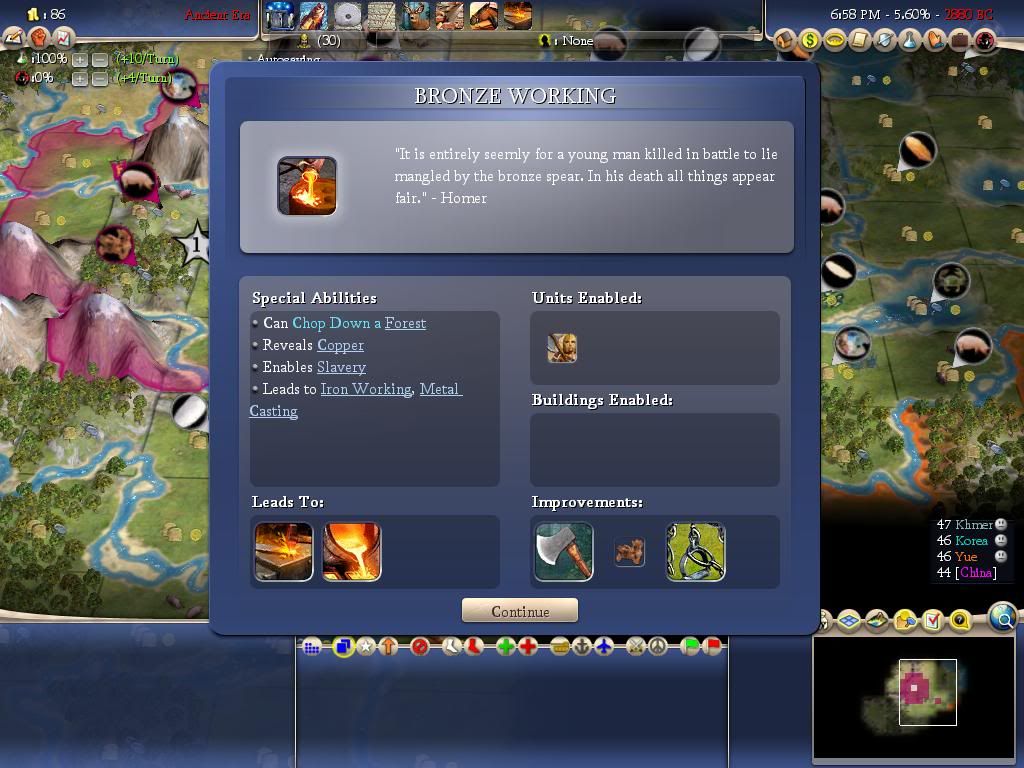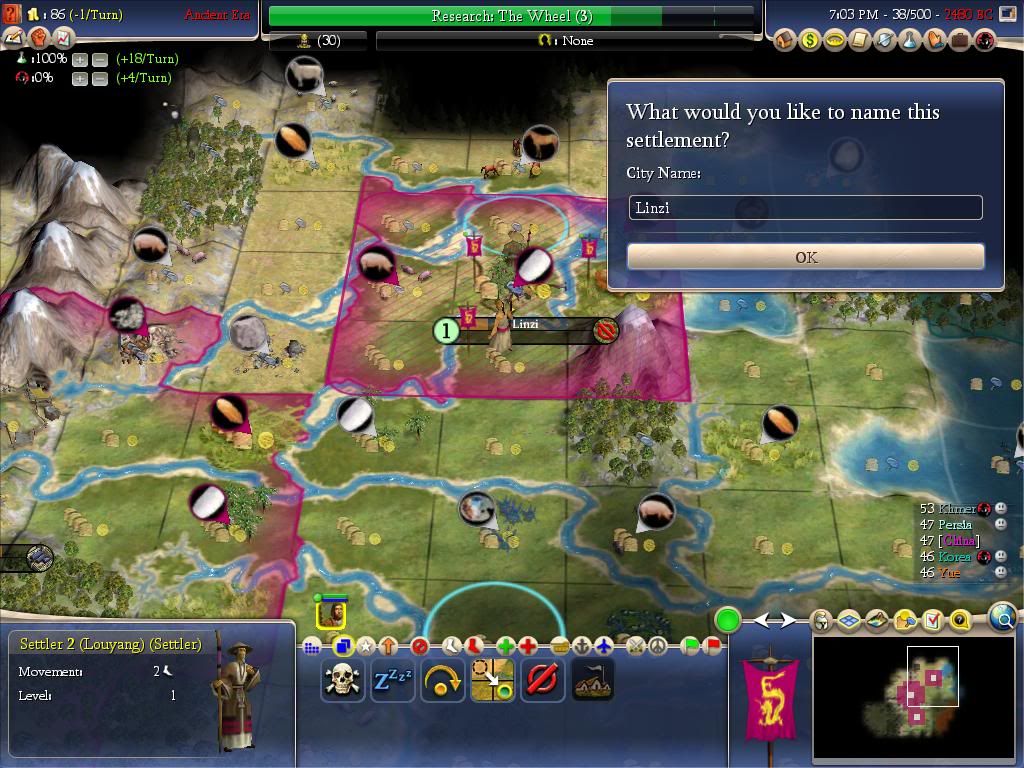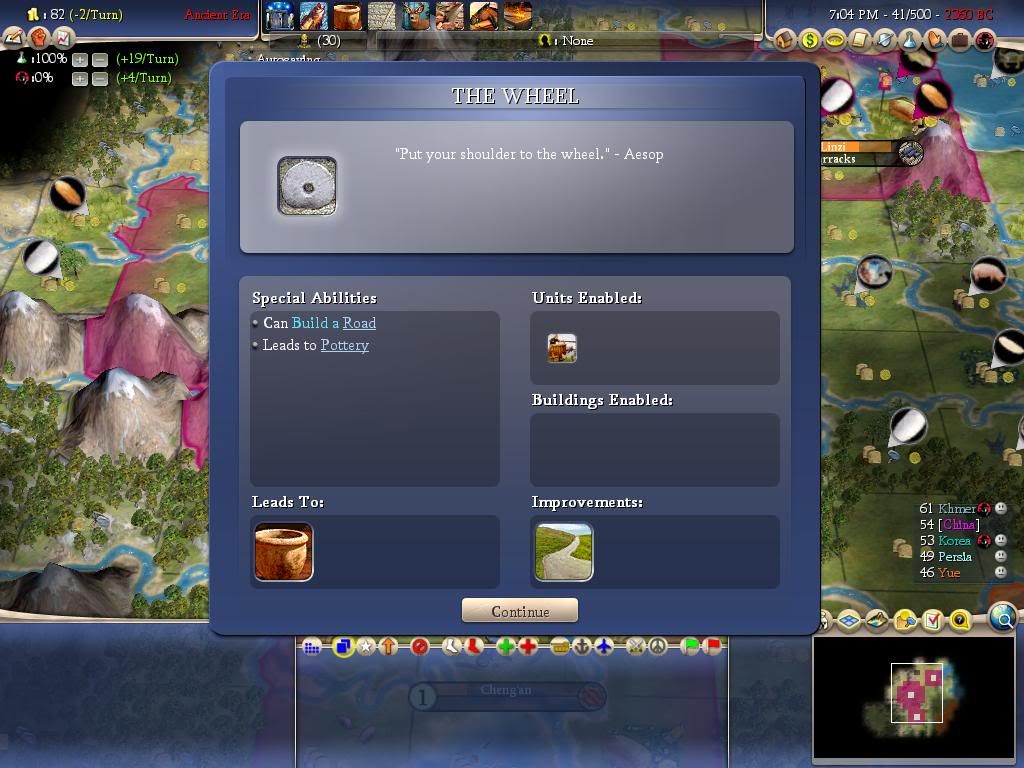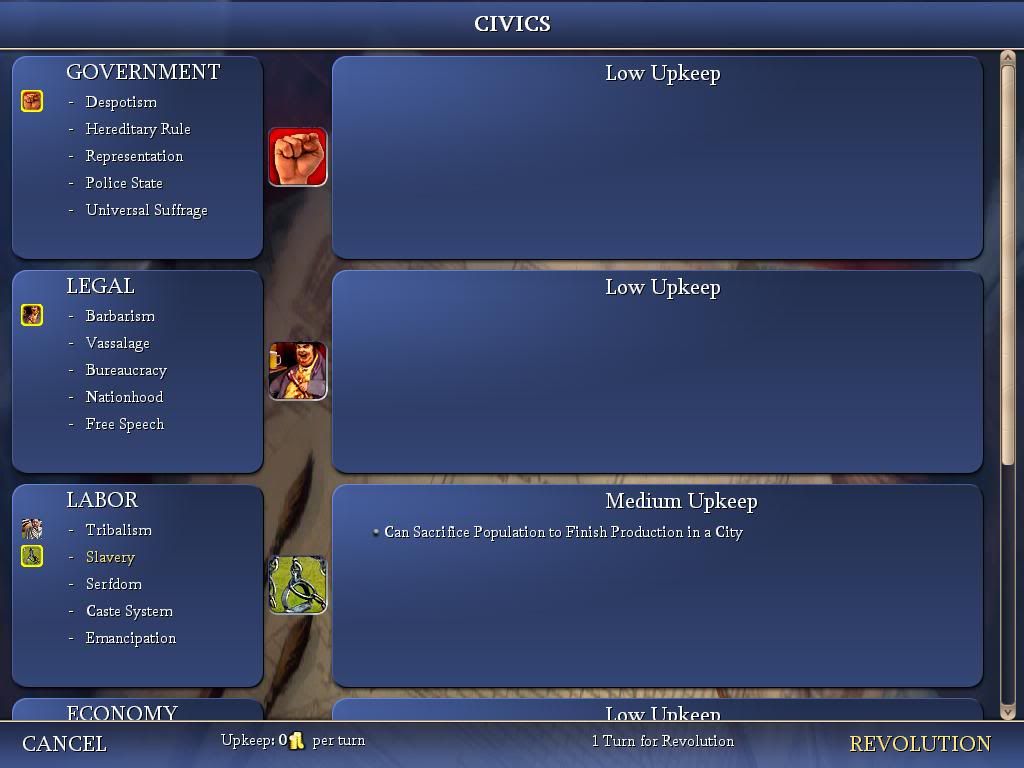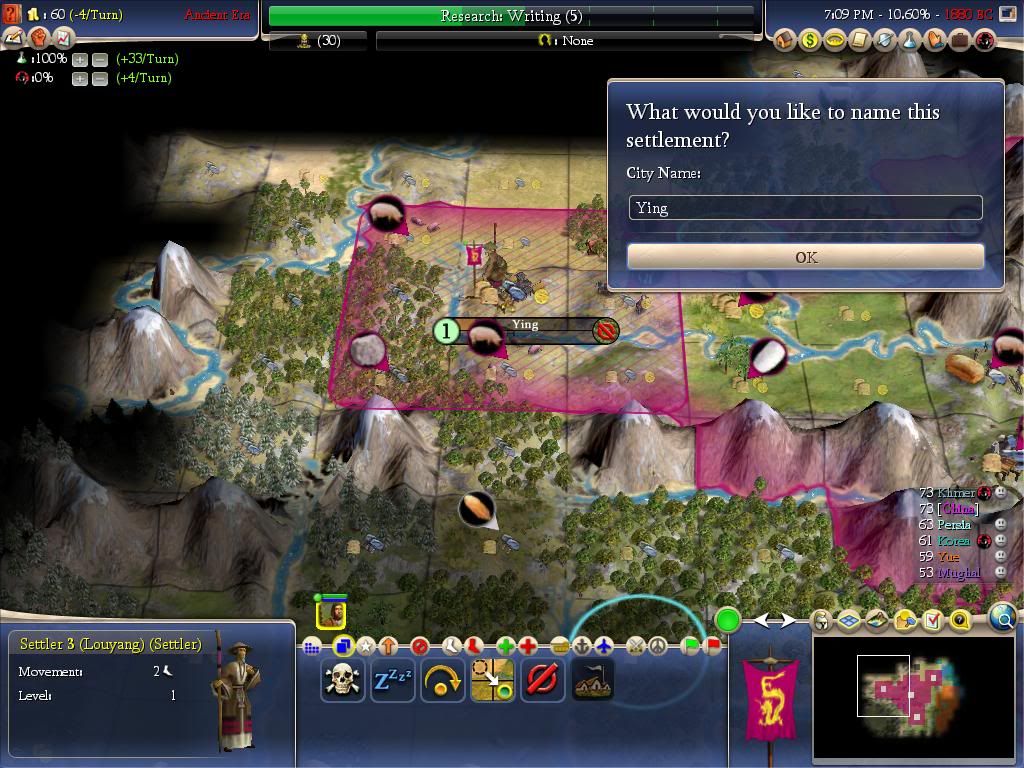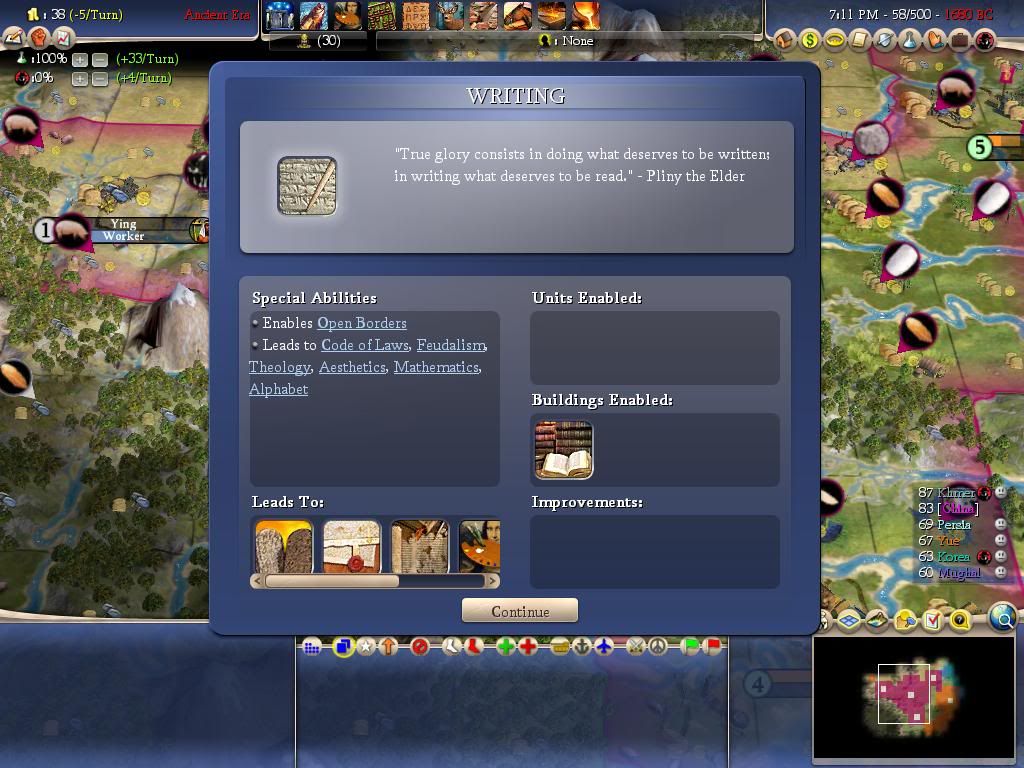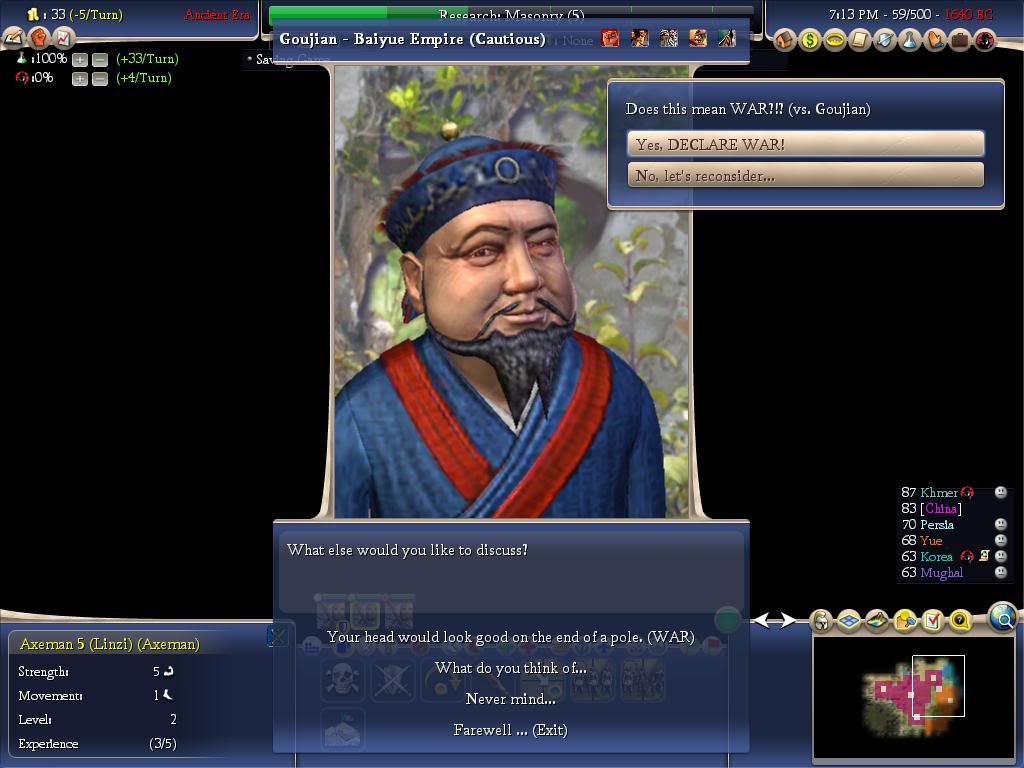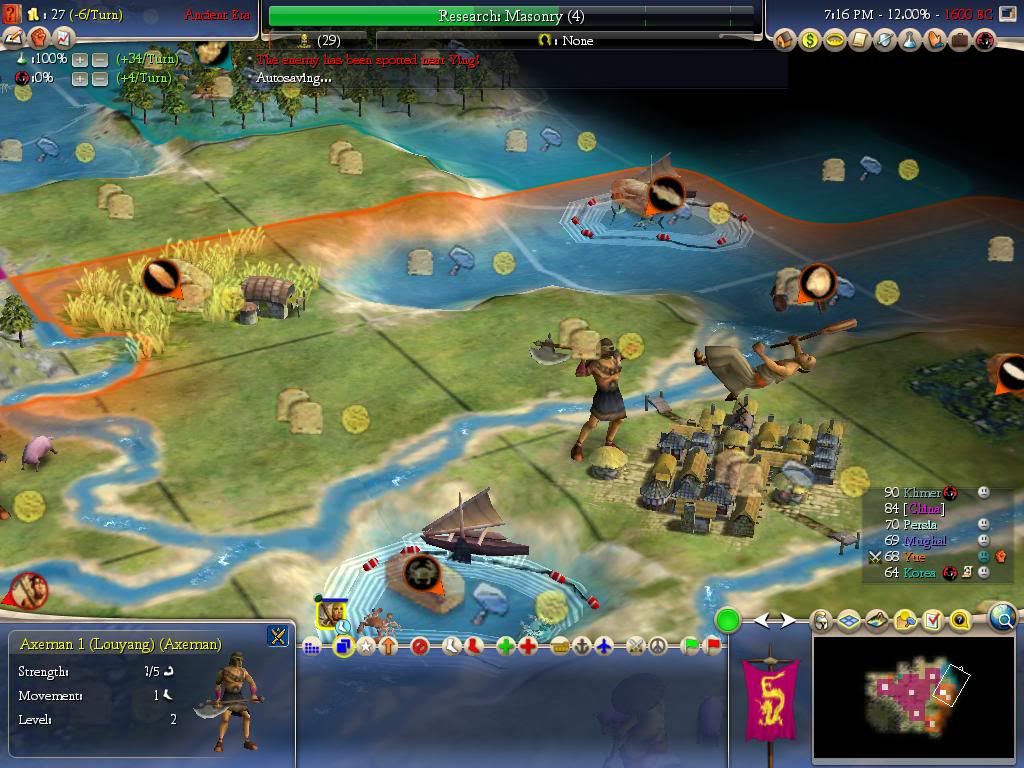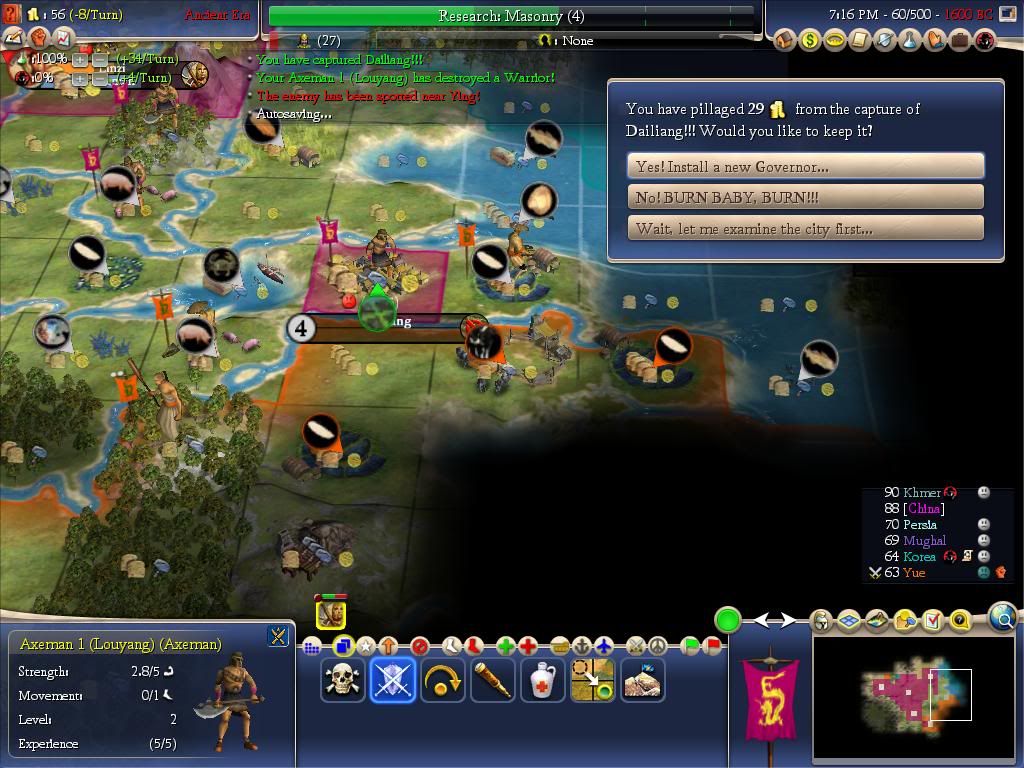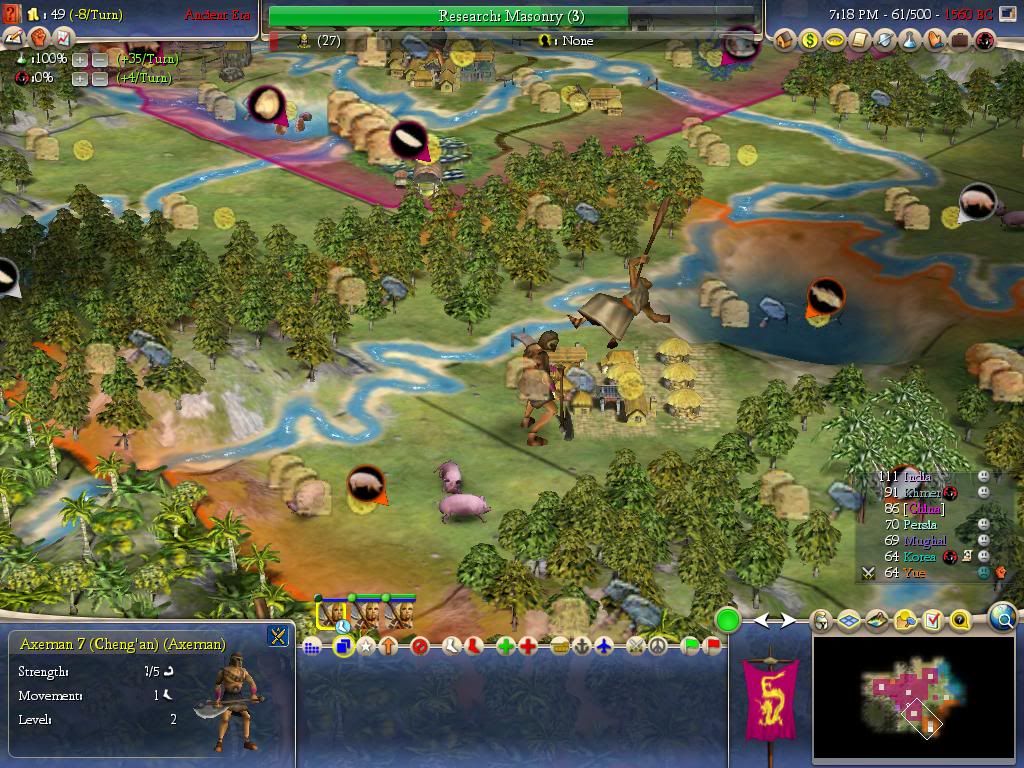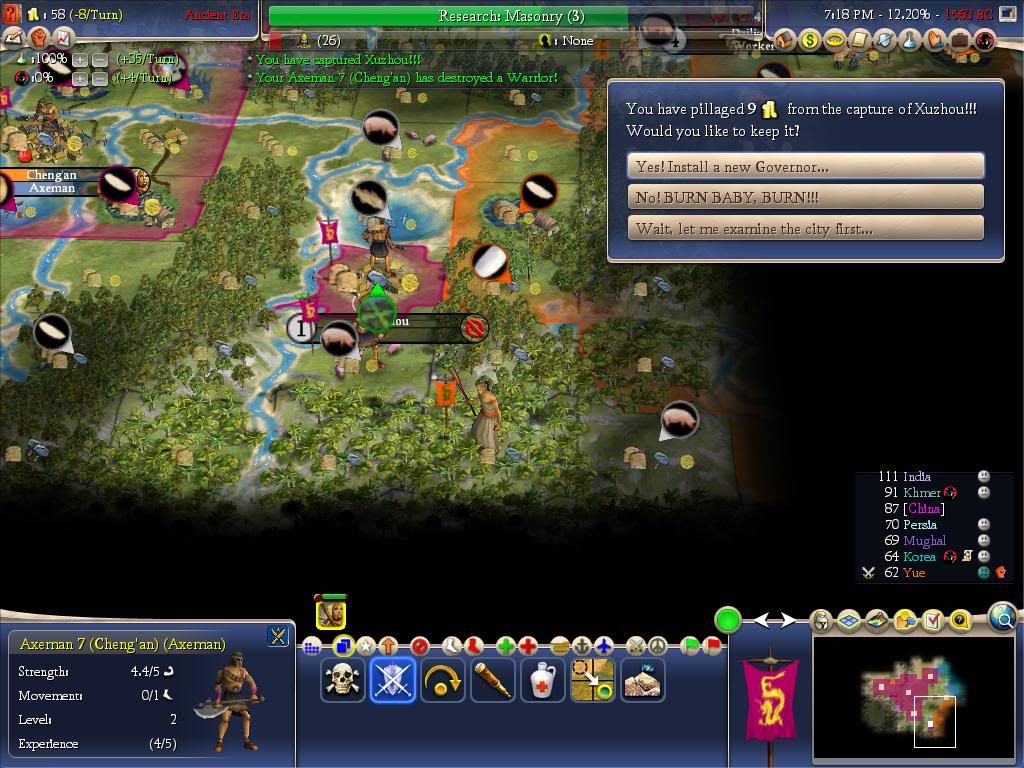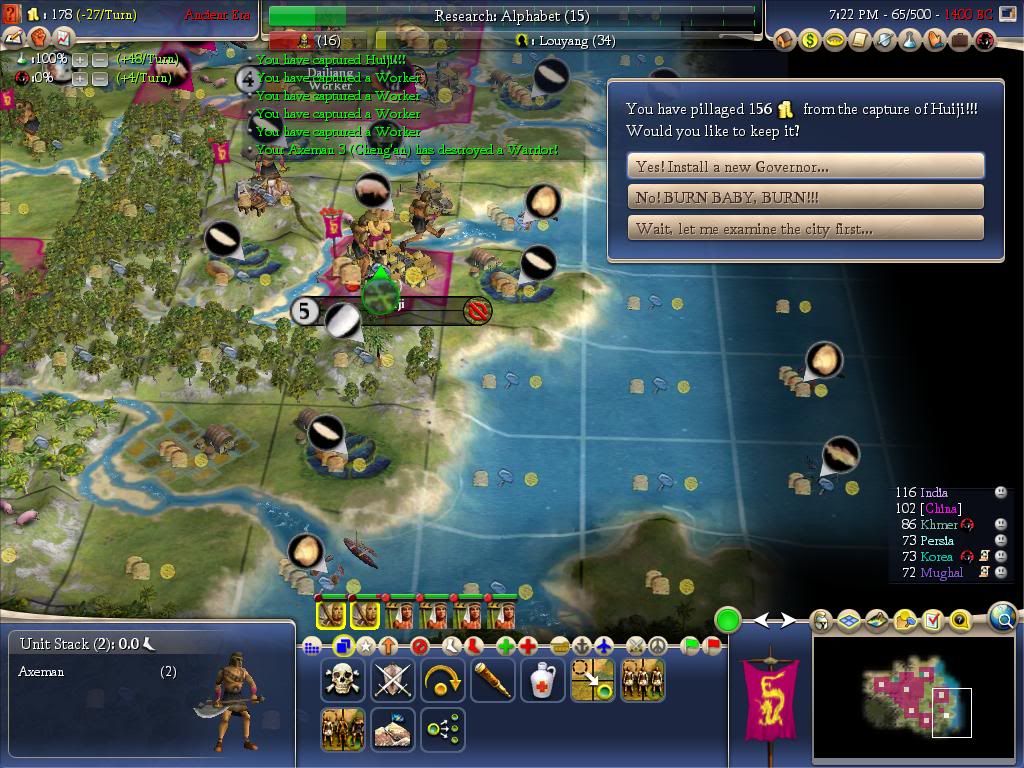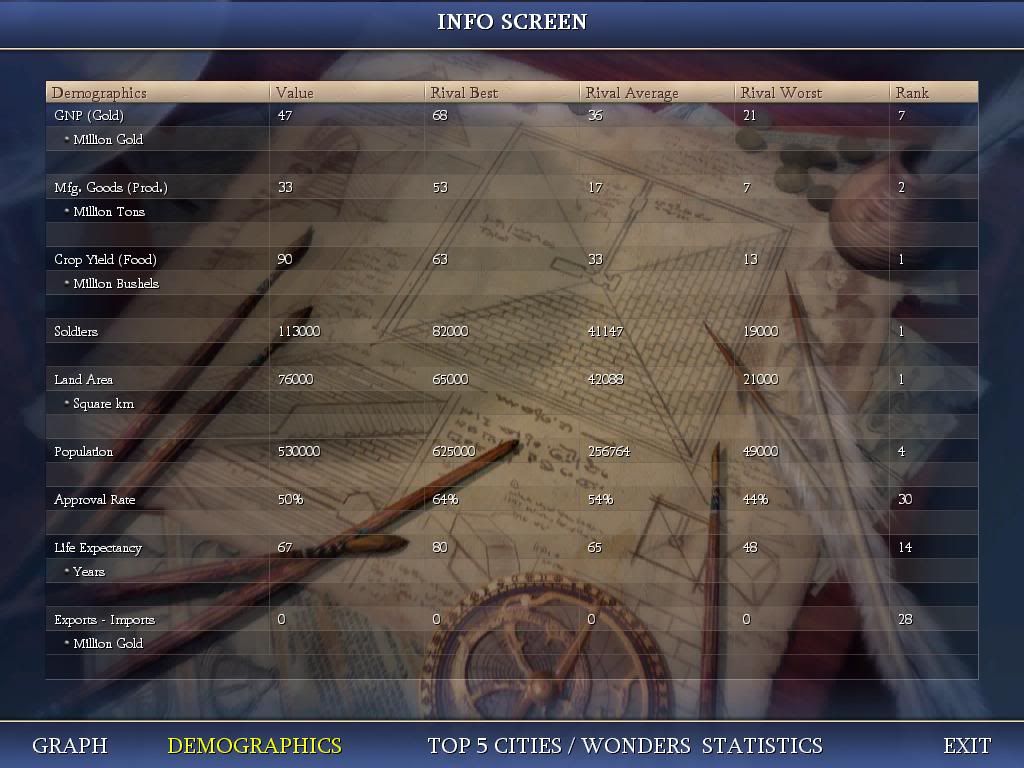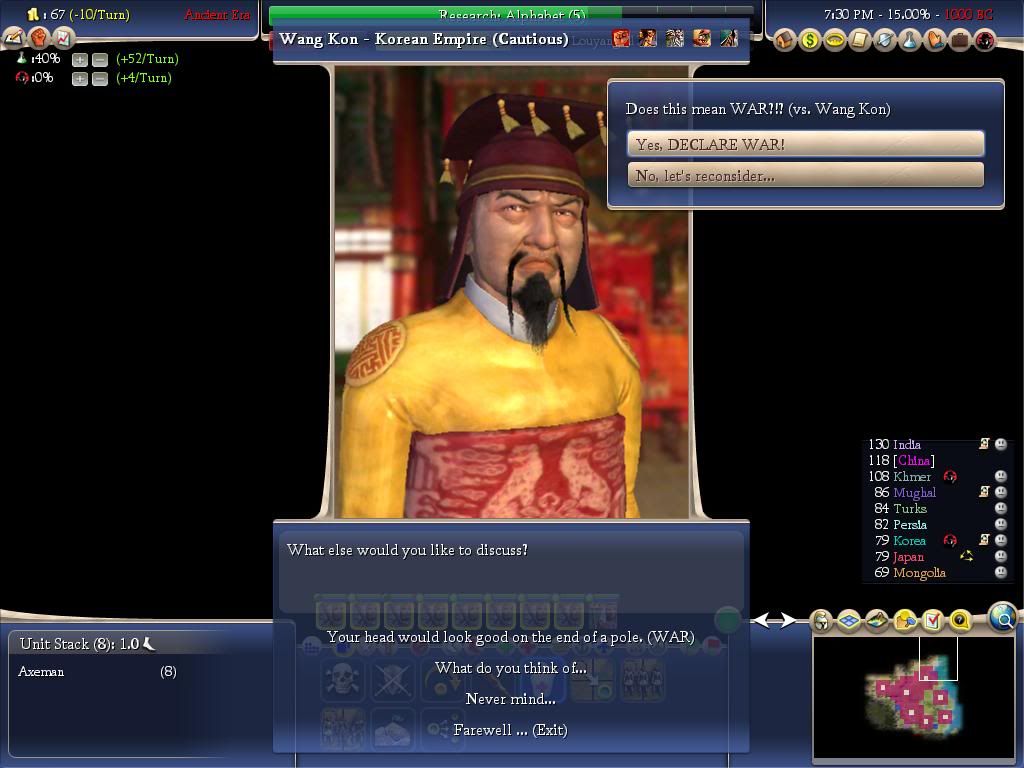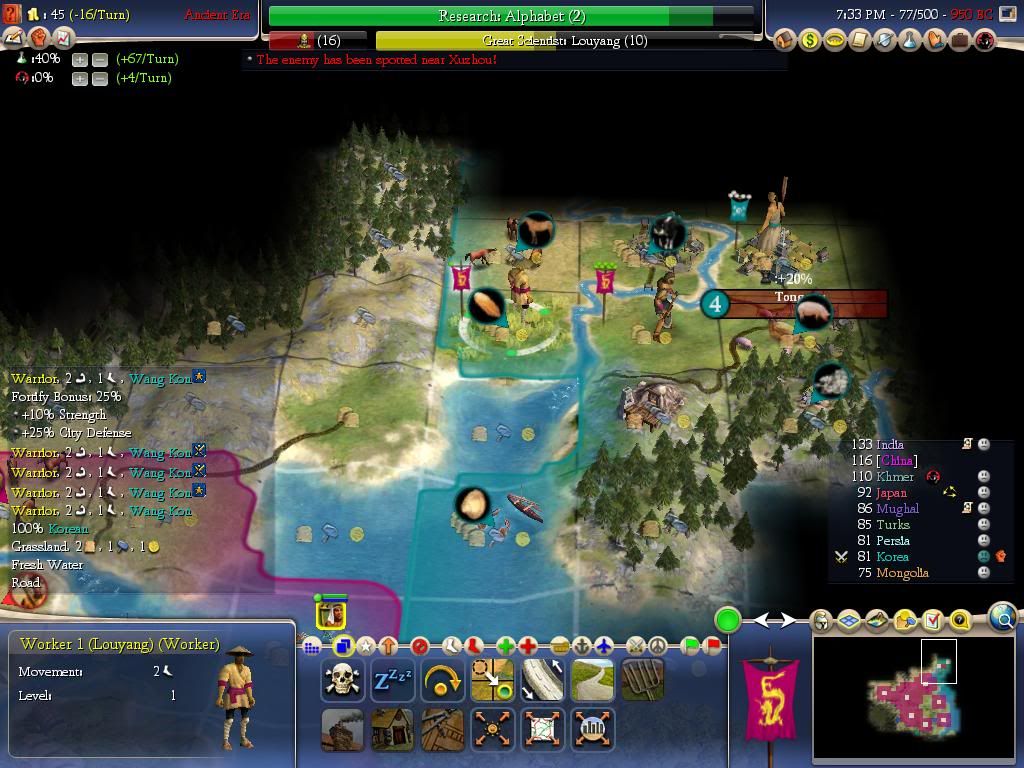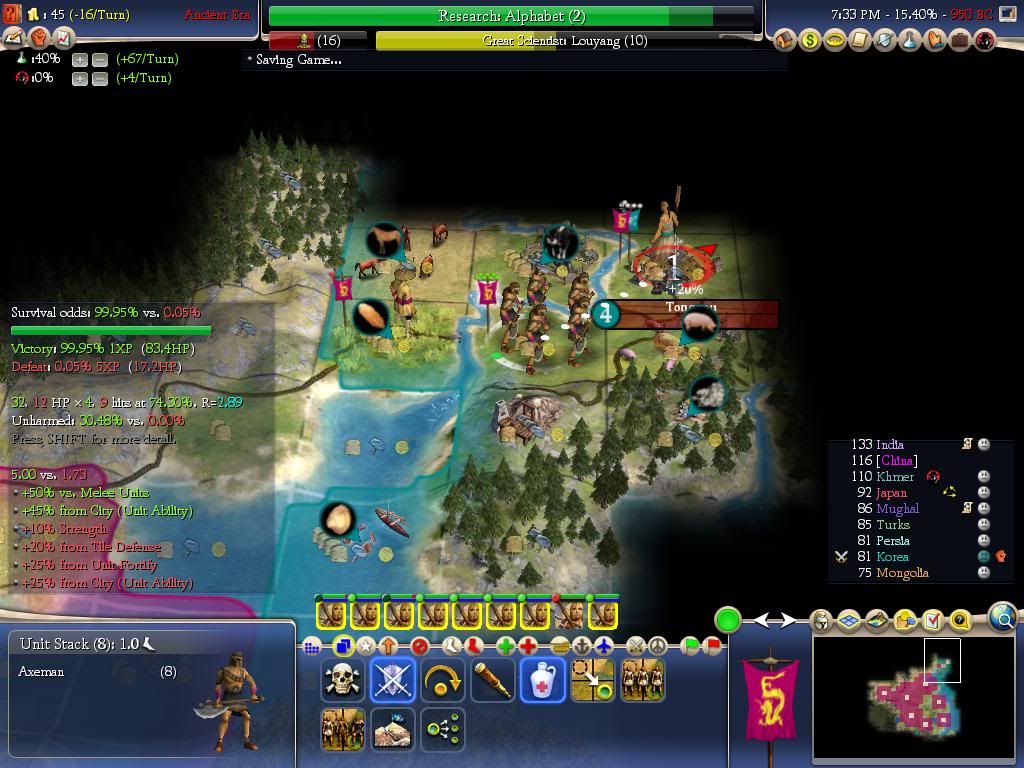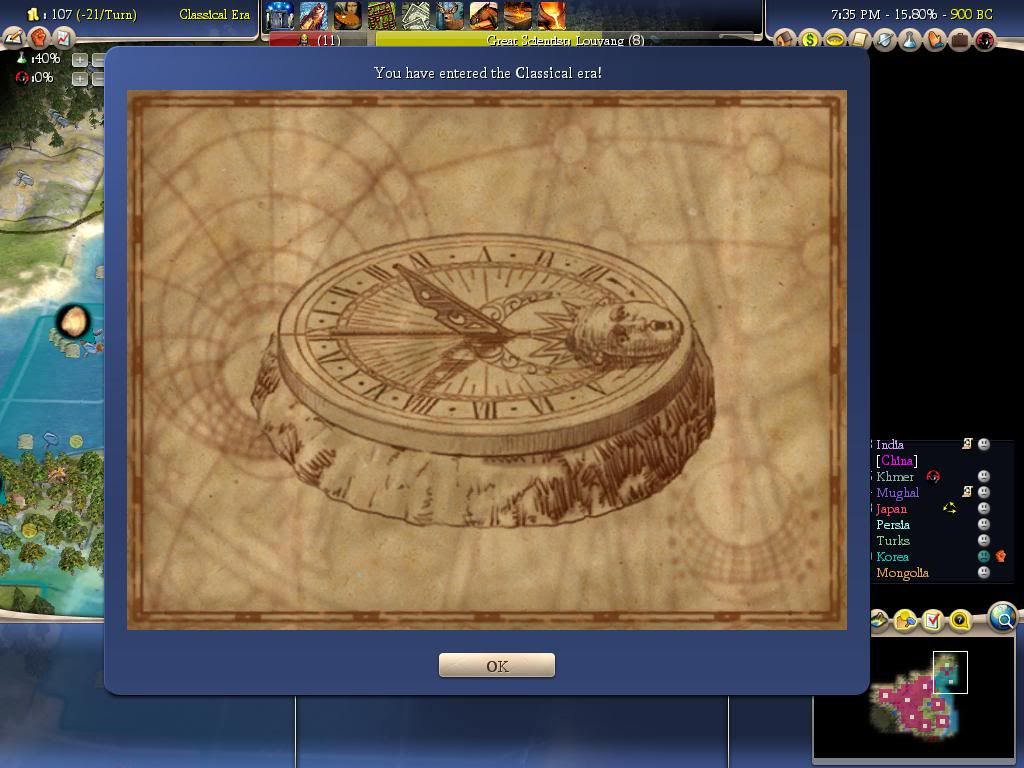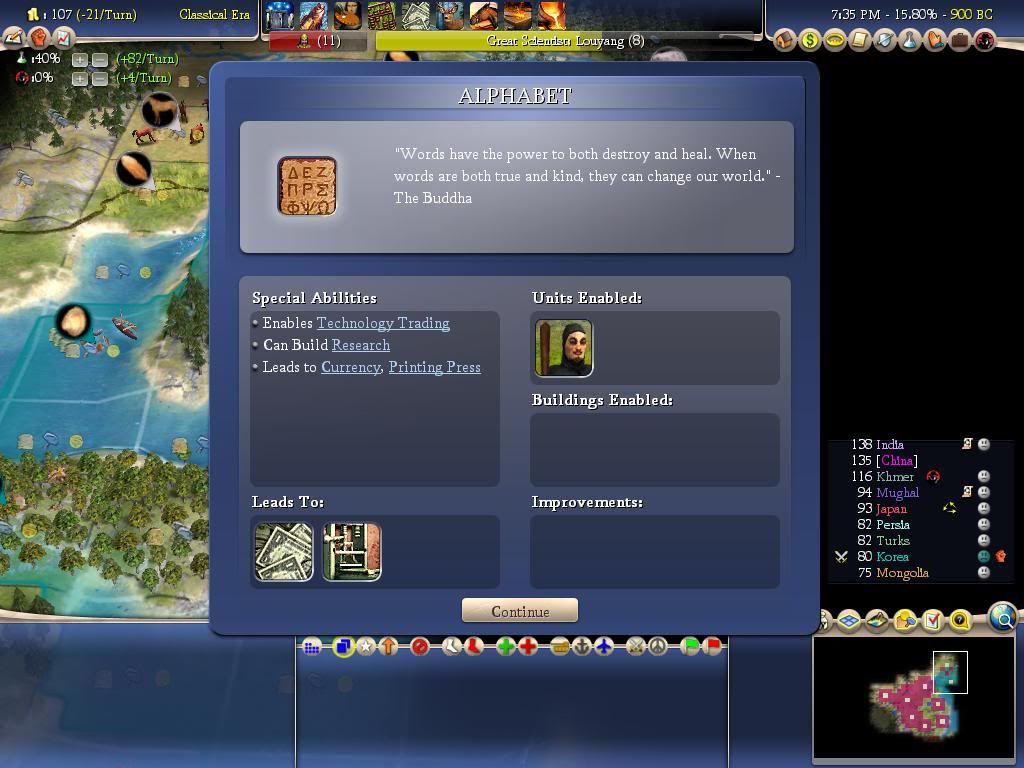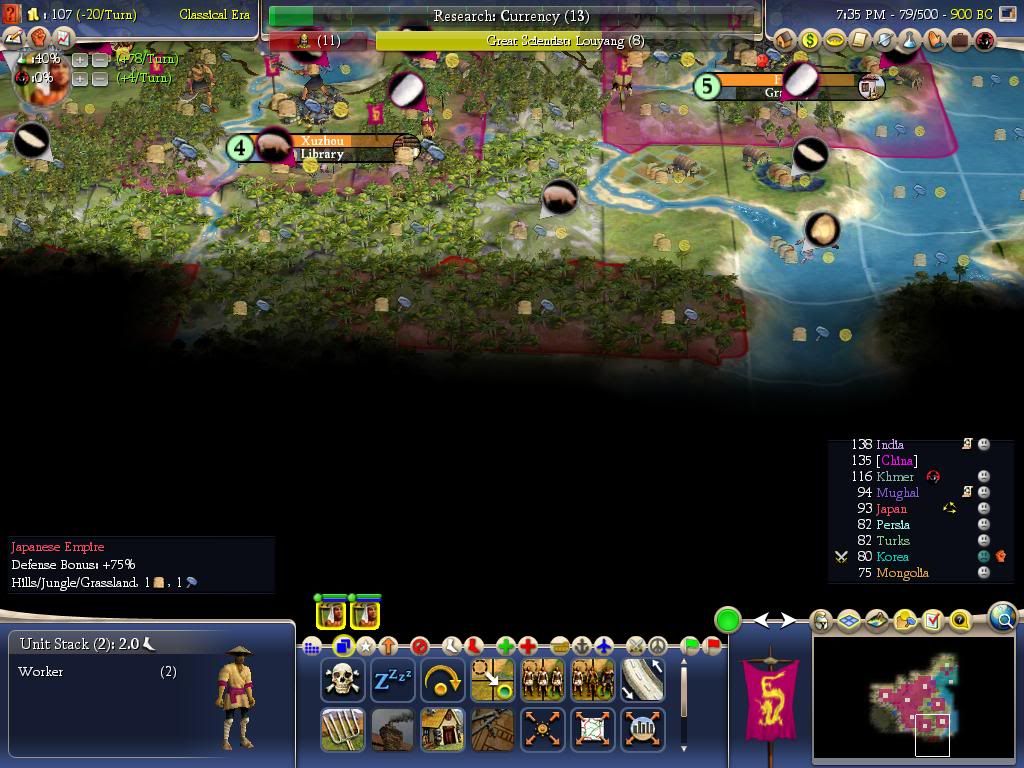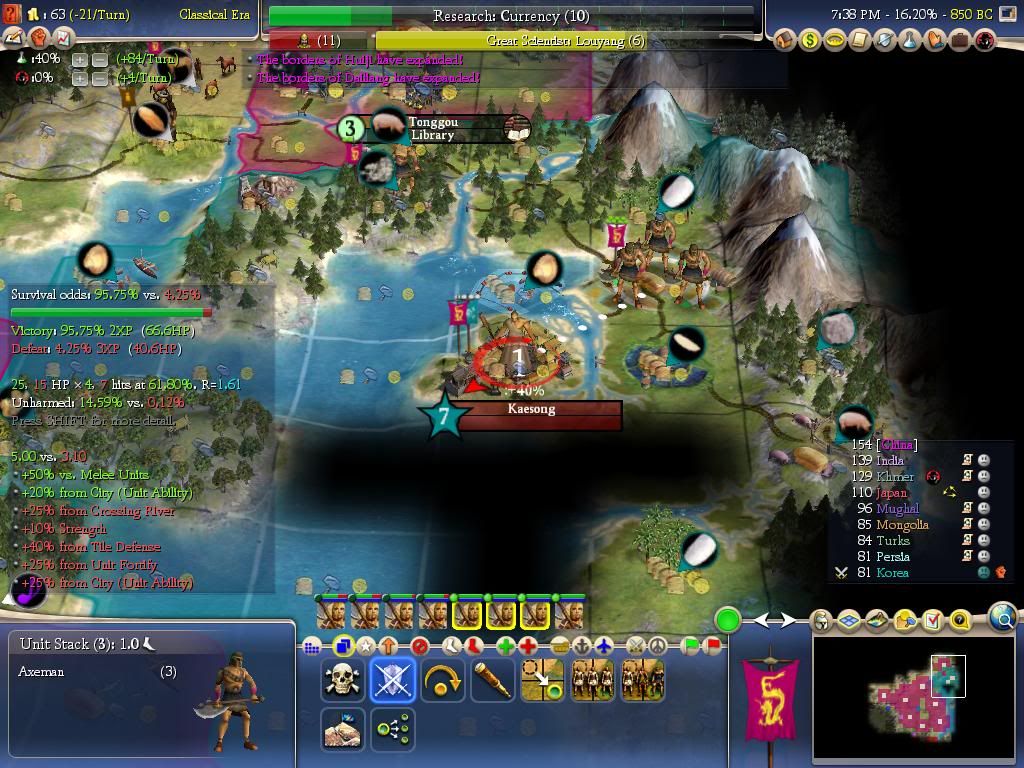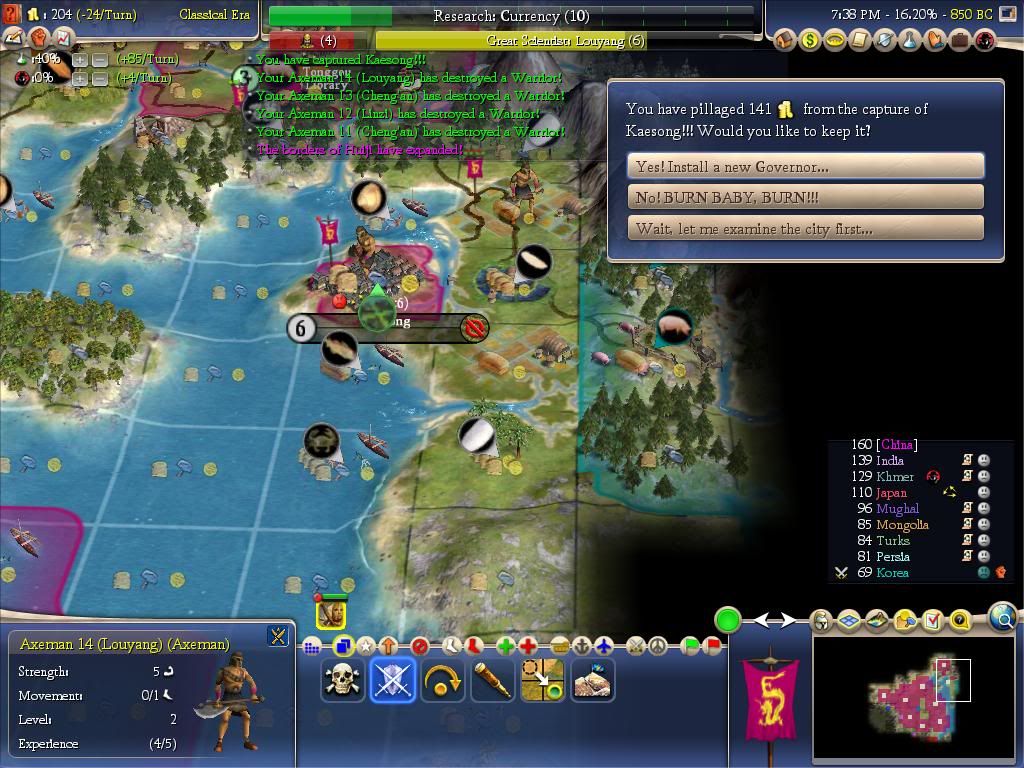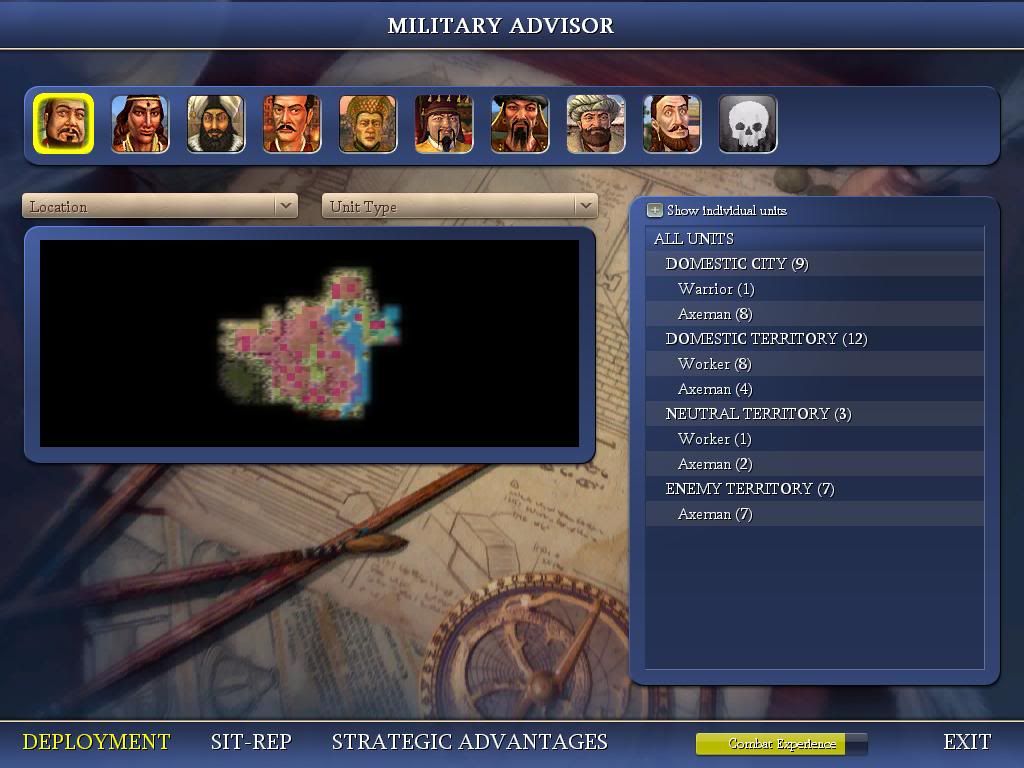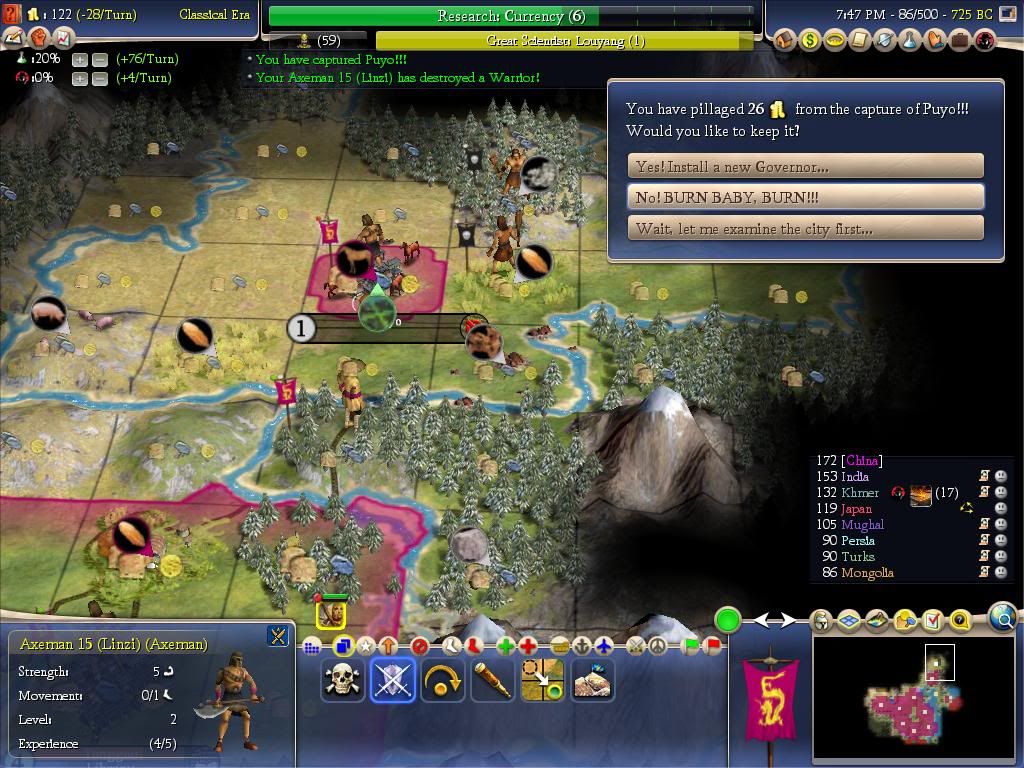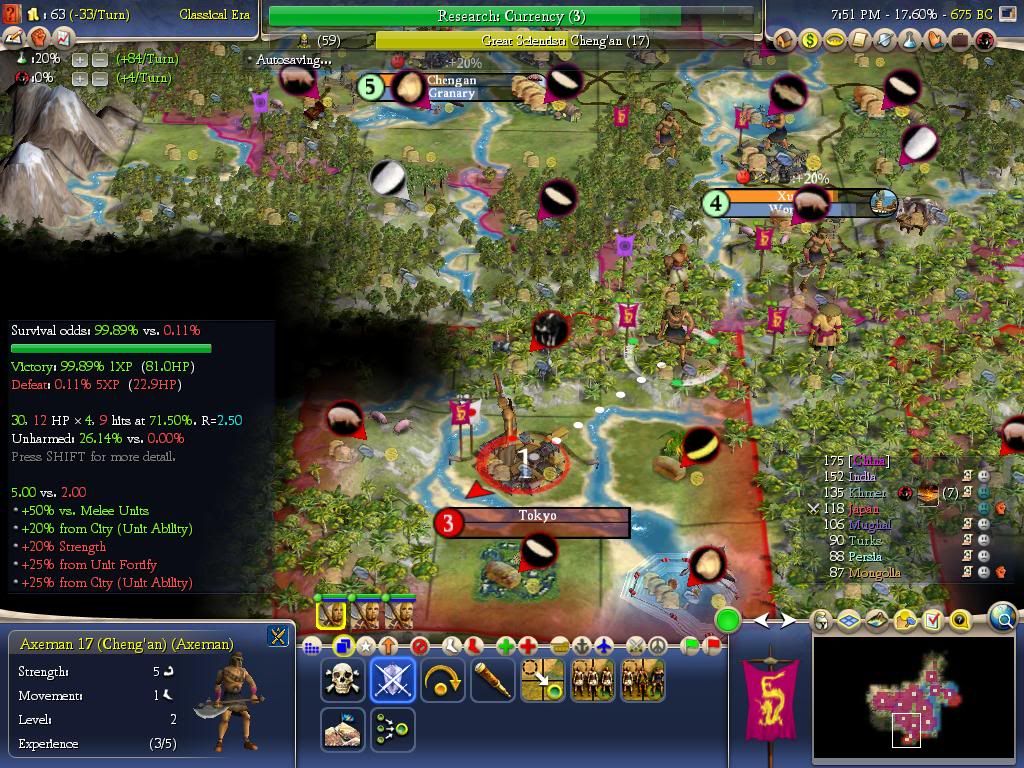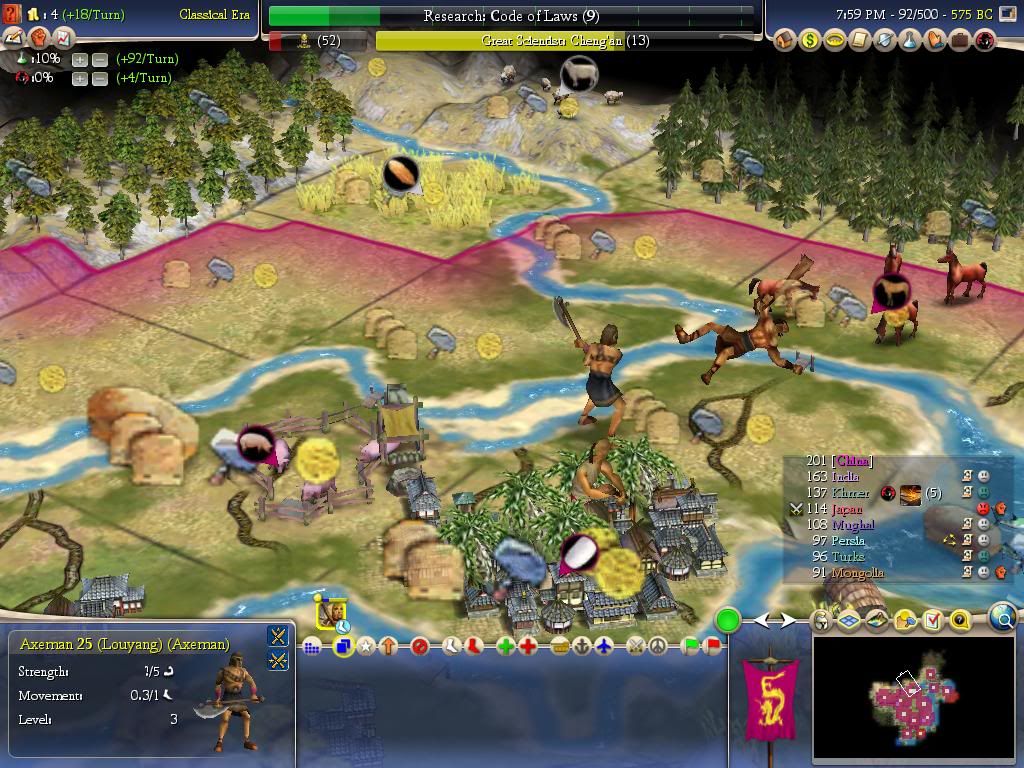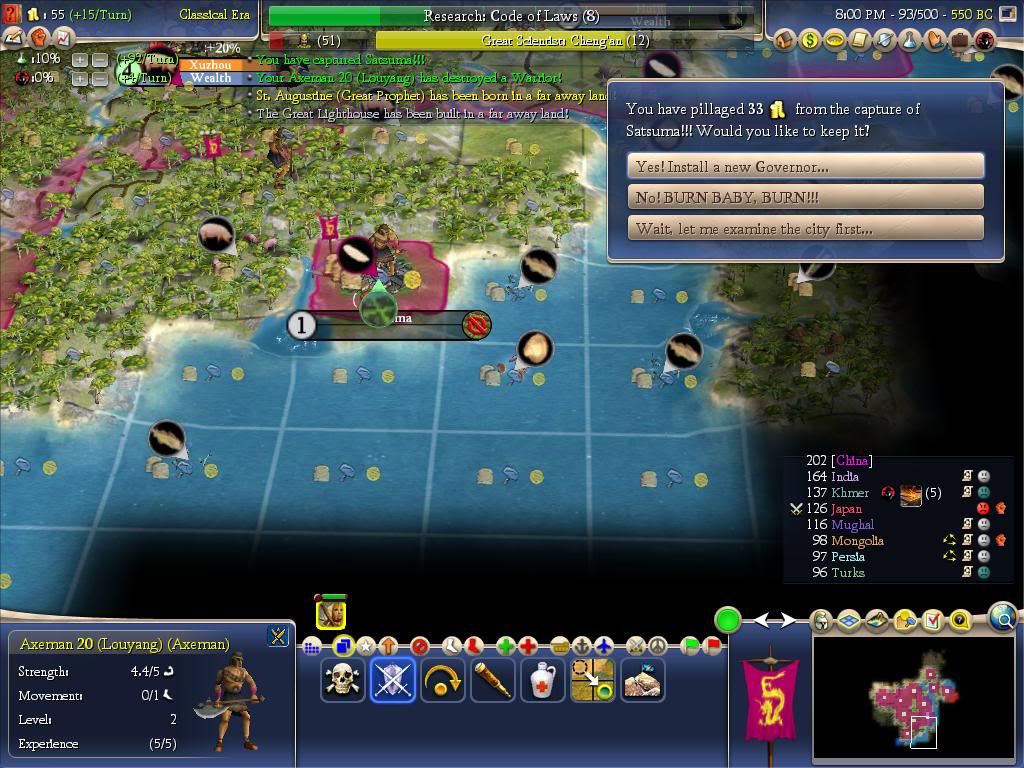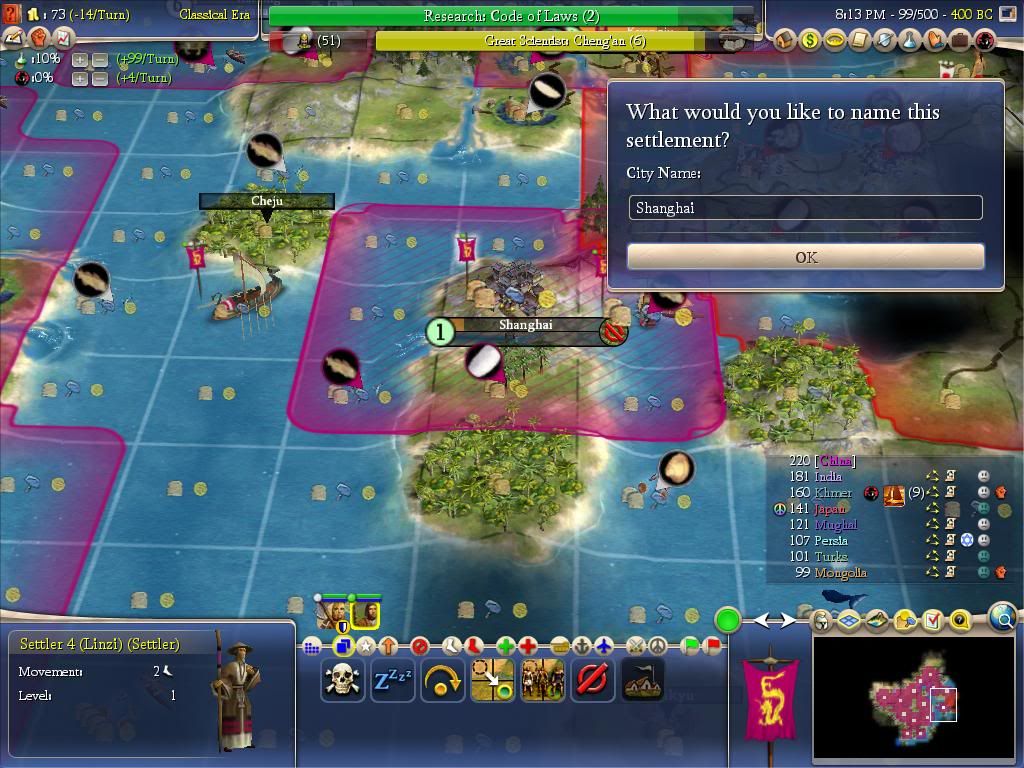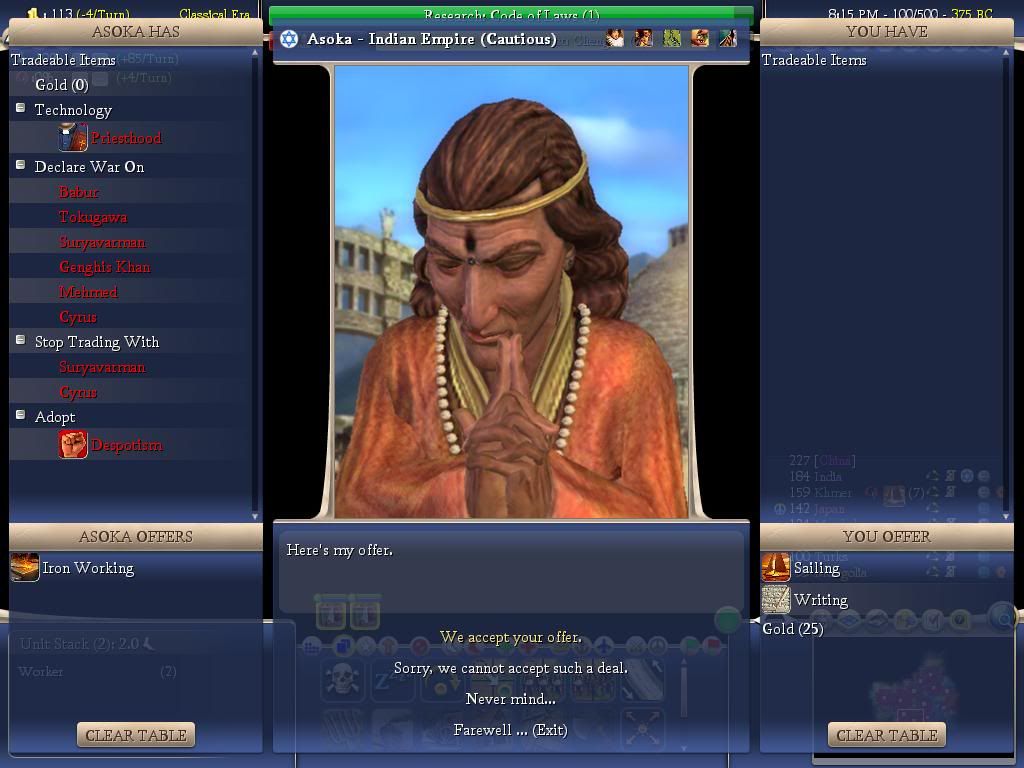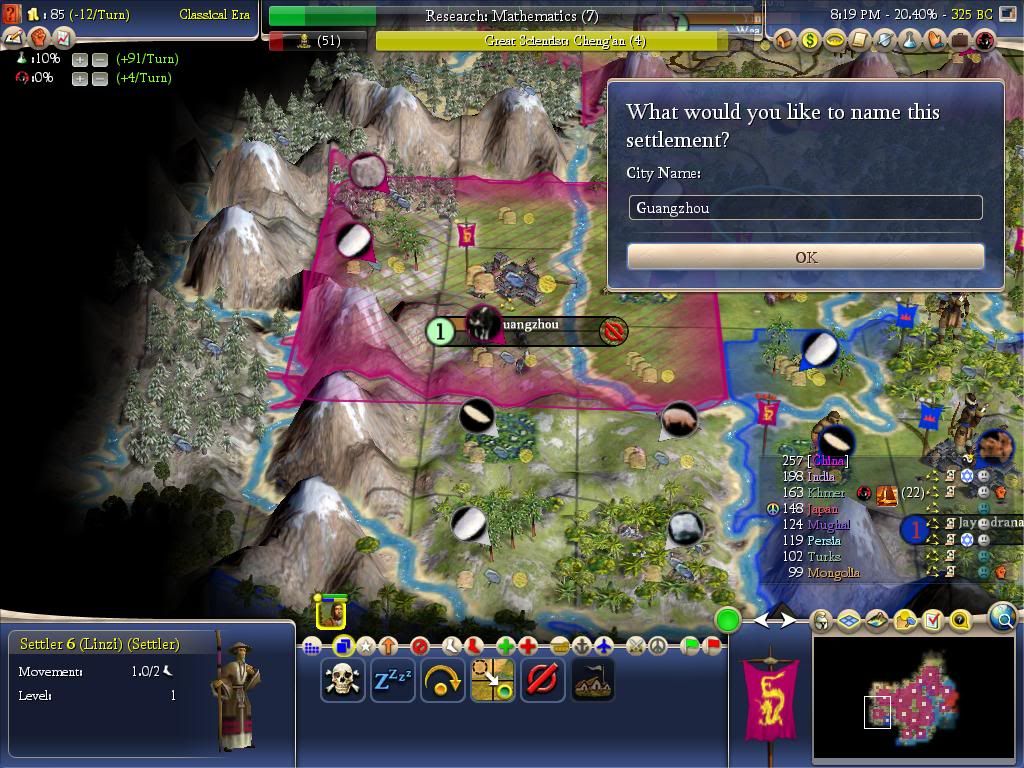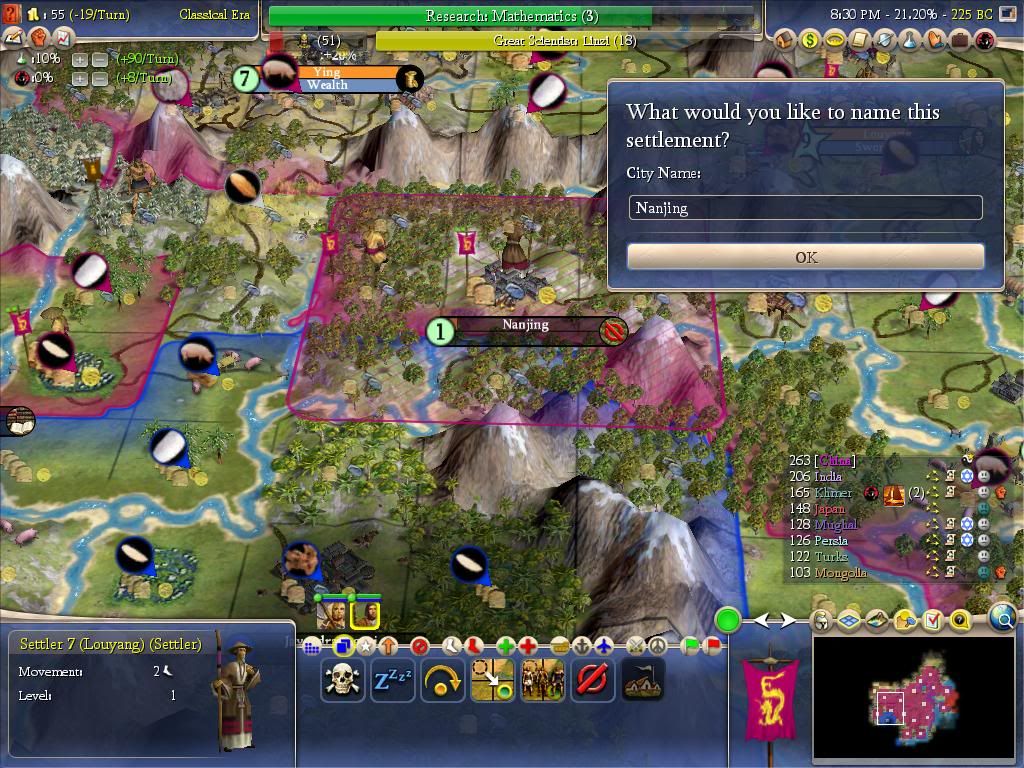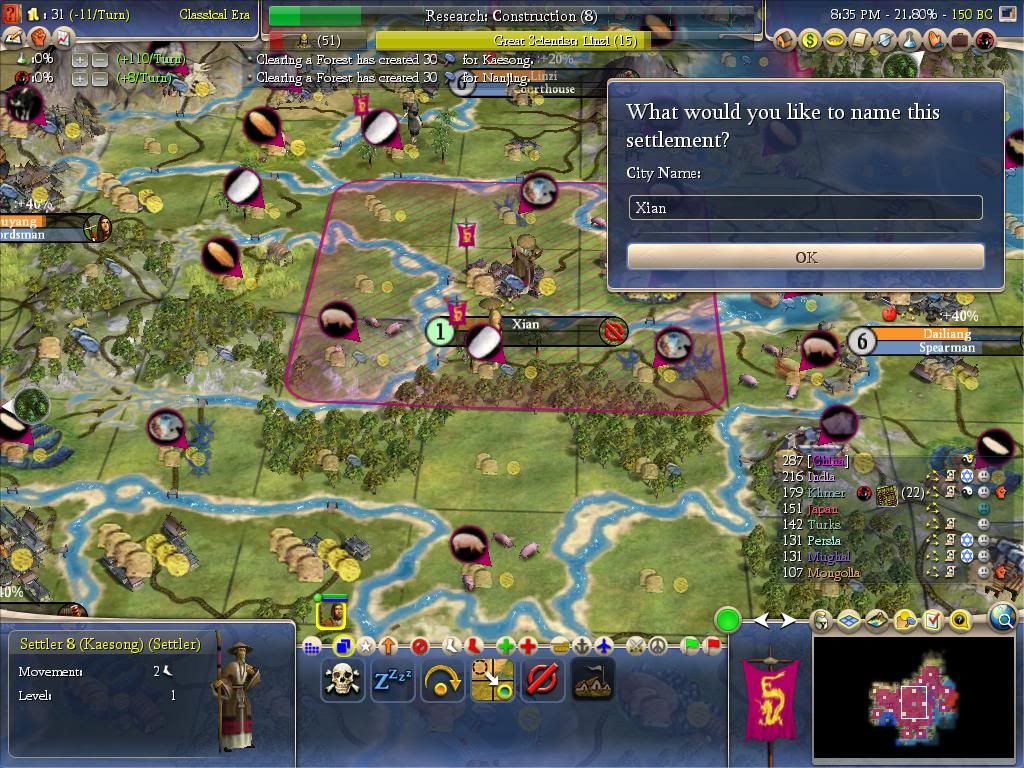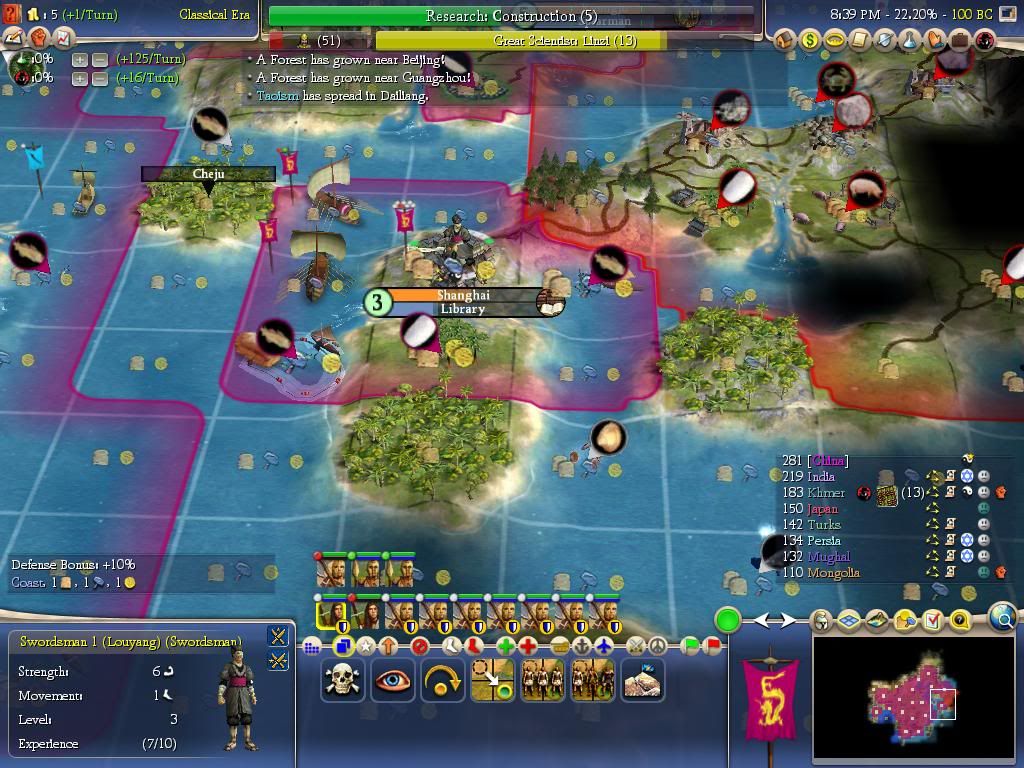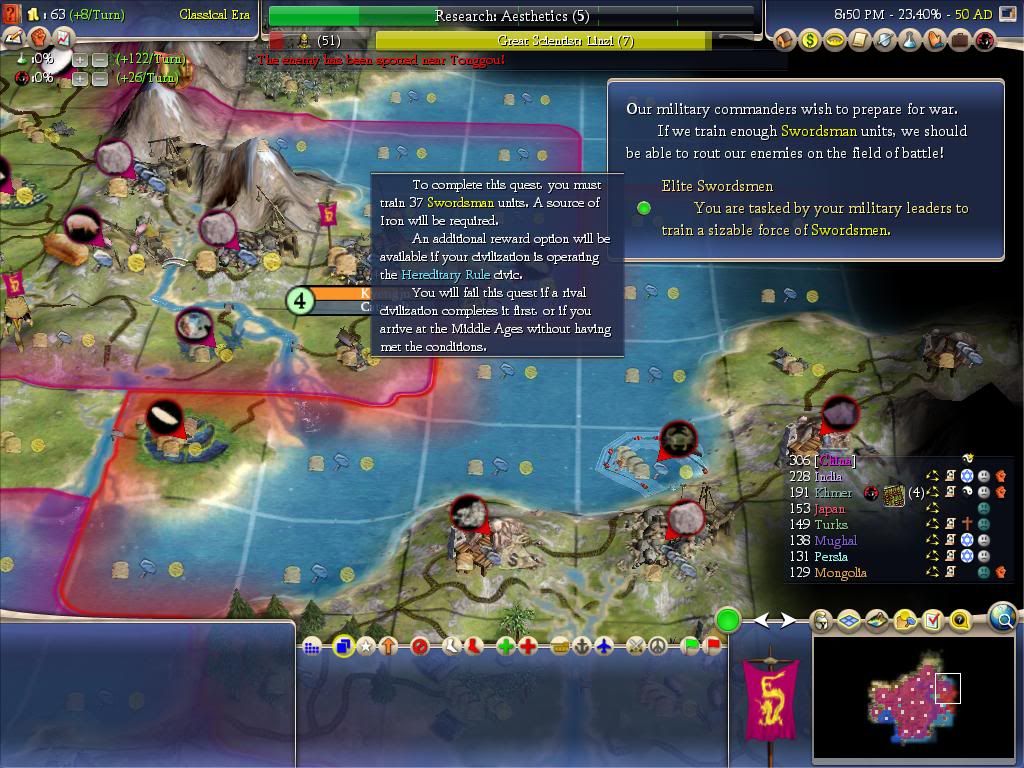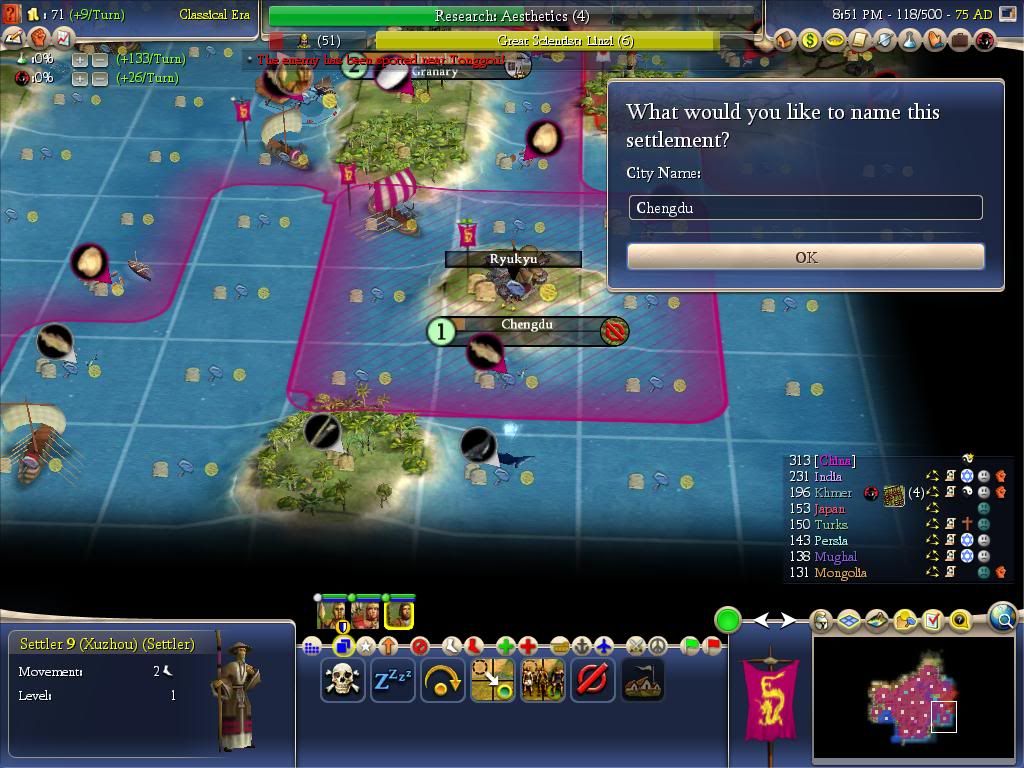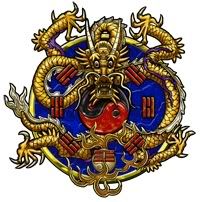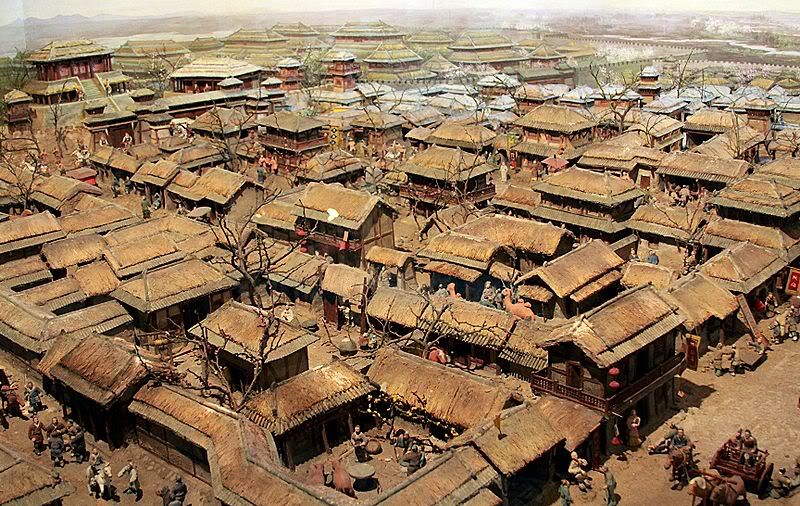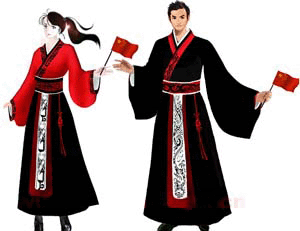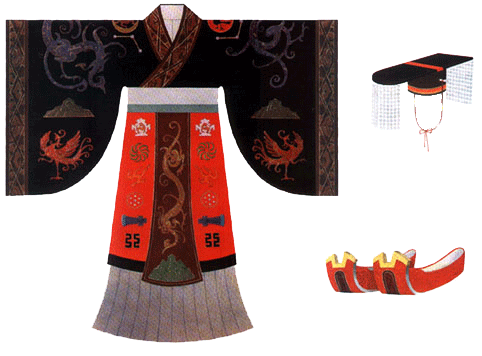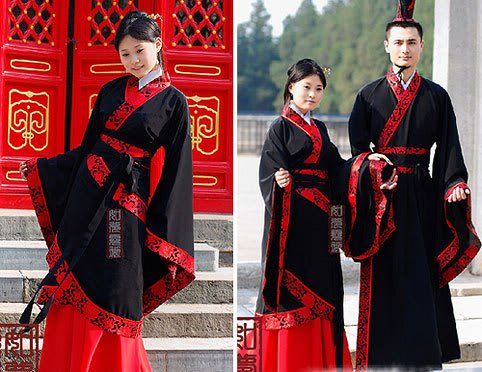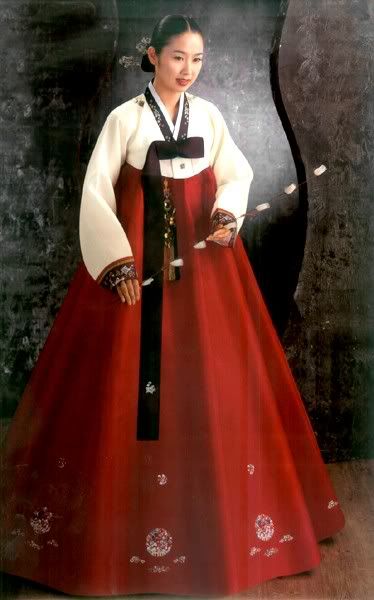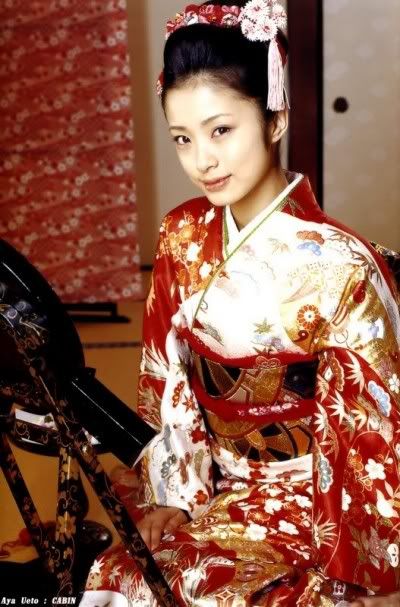Tomorrow's Dawn
Heroes Never Die
Table of Contents Sorted By Arc:
Time of the Ancients:
Chapter 1: The First Guarantee
Chapter 2: Divine Sparks
Chapter 3: Tension
Chapter 4: Unification
Chapter 5: Foundation
Chapter 6: Chaoxian
Chapter 7: The First Step
Chapter 8: Keeping You Out
Chapter 9: The Second Guarantee
Chapter 10: Throes of Passion
Infiltrator:
Chapter 11: Microcosm
Chapter 12: Breakdown
Chapter 13: Second Sight
Chapter 14: Revelations
Developments:
Chapter 15: Great Undertakings
Chapter 16: Xia & Manchus
Savior:
Chapter 17: Deliverance
Chapter 18: Encounters in Littorn
Chapter 19: A Varangian Nudge
Chapter 20: Exposed
Chapter 21: We Shall Triumph
Developments, Part Two:
Chapter 22: The Vigil
Chapter 23: Caste System
Chapter 24: Terra Incognitae
Soldier:
Chapter 25: The Proving
Chapter 26: First Taste
Chapter 27: Method
Chapter 28: Surface
Chapter 29: Intermissions
Chapter 30: Conspiracy
Chapter 31: Striking Fear
Chapter 32: Oral Dosage
Chapter 33: Grains Of Salt
Chapter 34: Elohim
Chapter 35: Beyond The Horizon
Chapter 36: Convergence
Chapter 37: They All Fall Down
Chapter 38: Homecoming
Chapter 39: Cicada
Chapter 40: Brave New World
Seeker:
Chapter 41: Warm Water
Chapter 42: Meizhou
Chapter 43: Garou
Neonate:
Chapter 44: Dharma & Abraham
Chapter 45: Flight
Chapter 46: Matron
Chapter 47: Sheer Terror
Chapter 48: Night Society
Chapter 49: Showdown
Chapter 50: The Masquerade
Chapter 51: Irritable
Chapter 52: Enigmas
Chapter 53: Trepidation
Chapter 54: Paradigm Shift
Chapter 55: When The Angels Cry
Chapter 56: There Isn't Any Way Out For Me
Anathema:
Chapter 57: Hunger Lust
Chapter 58: Descent
Chapter 59: Well Oiled Machine
Chapter 60: No Hope
Strange Tales of Liaozhai:
Chapter 61: The Dokkaebi
Chapter 62: The Yokai
Chapter 63: The Kesha
Chapter 64: The Aswang
Chapter 65: The Lurkers
Revolutionary:
Chapter 66: Below The Bottom
Chapter 67: Roused
Chapter 68: Machinations *NEWEST*
Culture In The Empire:
Culture In The Empire #1 On Clothing
Culture In The Empire #2 On Religion
Culture In The Empire #3 The Peranakan Chinese
Culture In The Empire #4 The Feizhou Hapas
Culture In The Empire #5 Clothing In The 1500s *NEWEST*
Character Sketches:
Kohaku the Infiltrator
Adeline of Saxony
Vermillion Waters *NEWEST*
Crossovers:
Hammer & Steel Crossover: Shadows and the Darkness; Watchers at the Edge
Hammer & Steel Crossover Pt. 2: There Springs an Entity
Hammer & Steel Crossover Pt. 3
Hammer & Steel Crossover Conclusion
Blood & Iron: Conquests of the Chancellor Crossover: Chancellor's Dream Part 1
Blood & Iron: Conquests of the Chancellor Crossover: Chancellor's Dream Part 2
Blood & Iron: Conquests of the Chancellor Crossover: Chancellor's Dream Part 3
Links to Stories that have Crossed Over:
Hammer & Steel
Blood & Iron: Conquests of the Chancellor
Hello, CivFanatics. Long time lurker here.
Since joining CivFanatics, I've read numerous wonderful stories contributed by other users that have really urged me to write one of my own.
I should mention that I have this story already being hosted on another forum with several updates already written. However, that community is not predominately Civ-playing so I mostly use it to practice my writing as I upload each segment. And obviously, Civ-specific stuff will get across better here so enjoy.
I hope I'll be able to maintain steady updates. I understand people dislike waiting too long for updates (if the story happens to be good anyway) so I'll try to be punctual with them although the other forum will have precedence if only to demo my writing on. And school/obligations obviously will take precedence as well.
Finally, this game is still in progress. Although I started this game last year, I only play this save roughly every Thursday and the progress made in turns slows to a crawl as of late, giving me ample time to catch up.
Here are the game settings:
Expansion: Beyond the Sword
Mod: GiantEarthMap Mod
Map: GiantEarthMap; GiantEarthMap AncientResource
Difficulty: Noble
Civilization: China ( Unique Unit: Cho-Ko-Nu / Unique Building: Pavillion )
Leader: Qin Shi Huang ( Protective / Industrious )
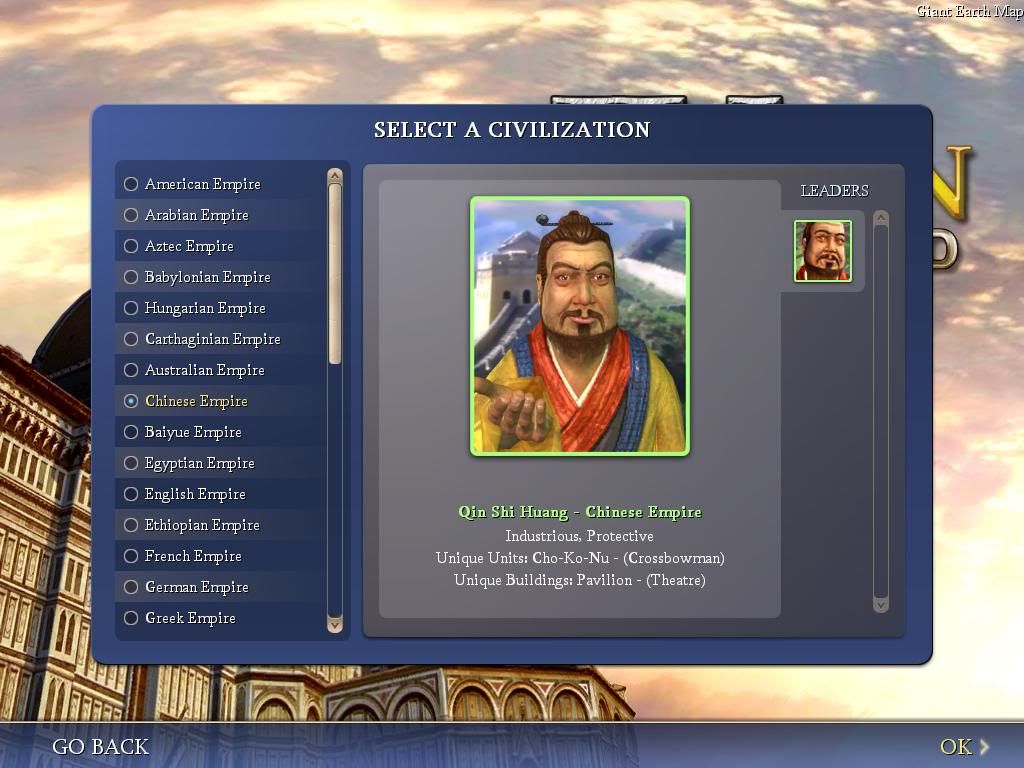
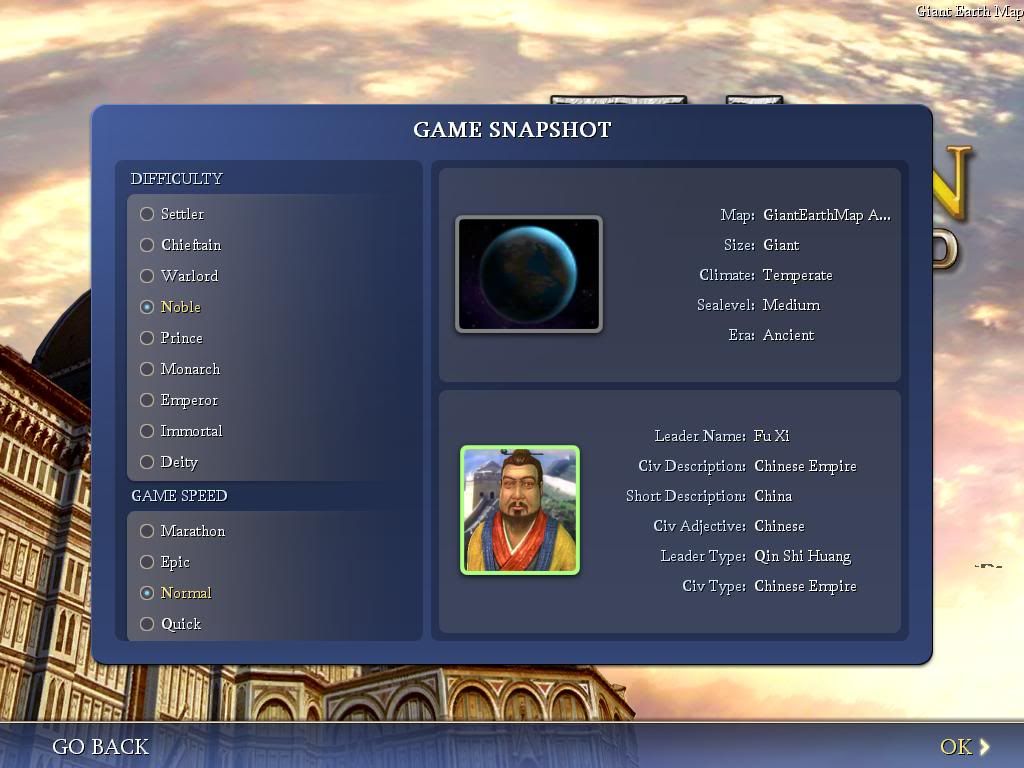
Let's begin.
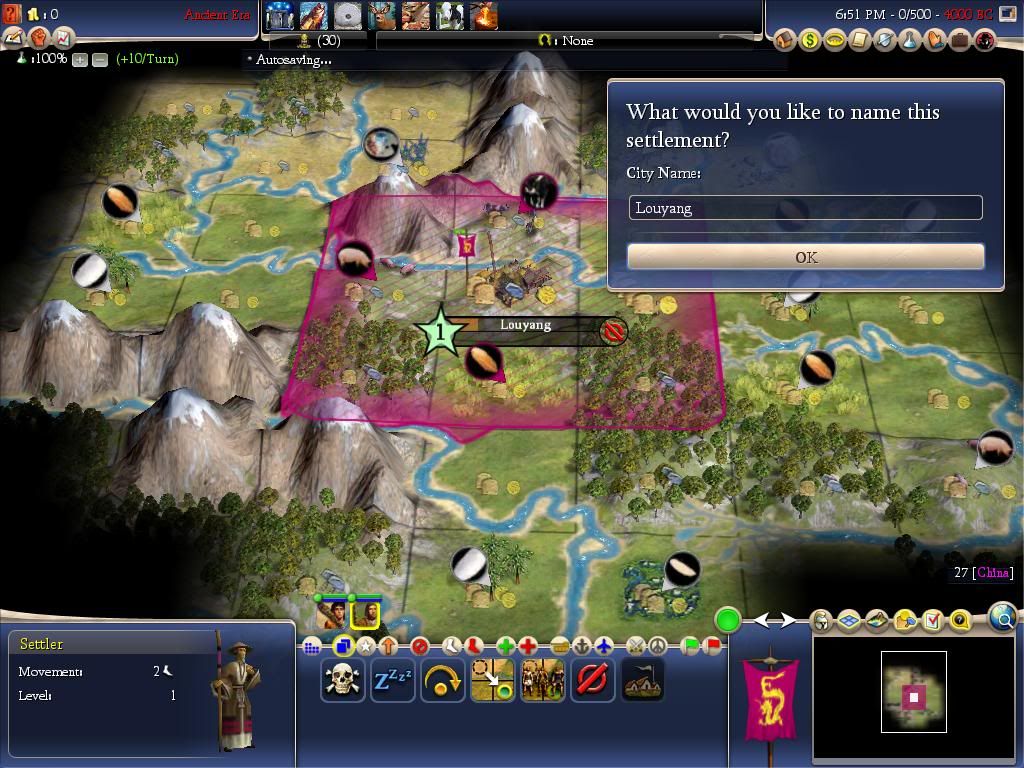
4000 BC. The Han people break away from the nomadic lifestyle of their ancestors and settle the city of Louyang atop a hill. The land is rich. Bountiful wheat & rice accompanied by herds of wild pigs and cows ripe for domestication are in abundance around the settlement. The tribal elders were wise to choose this location.
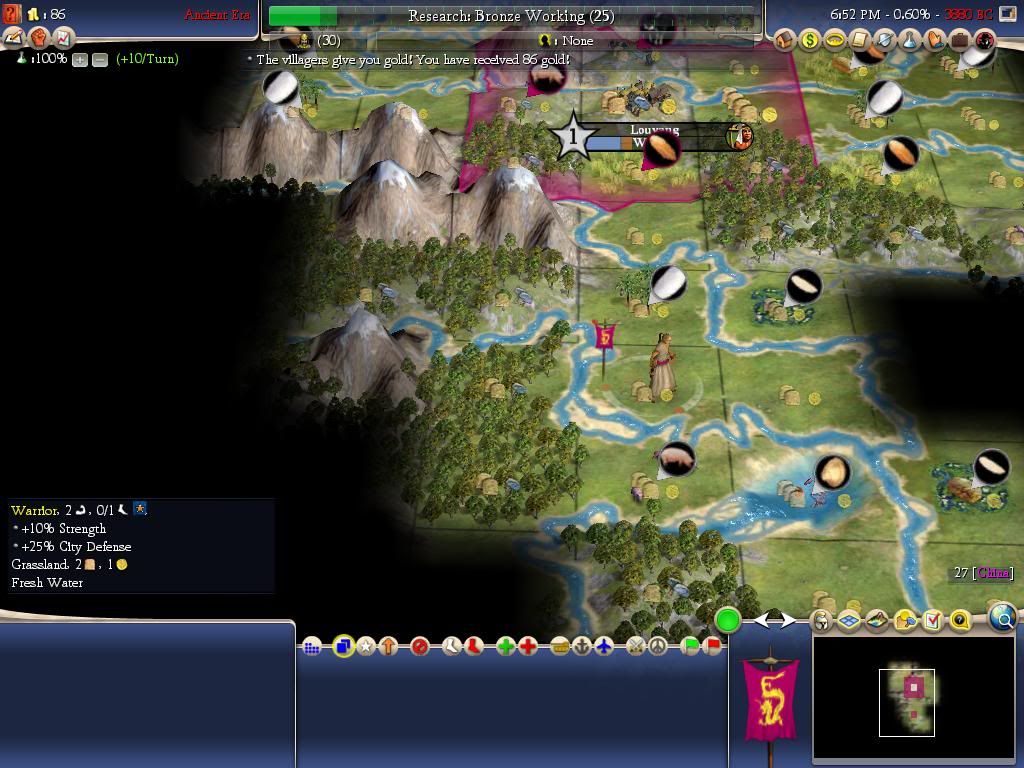
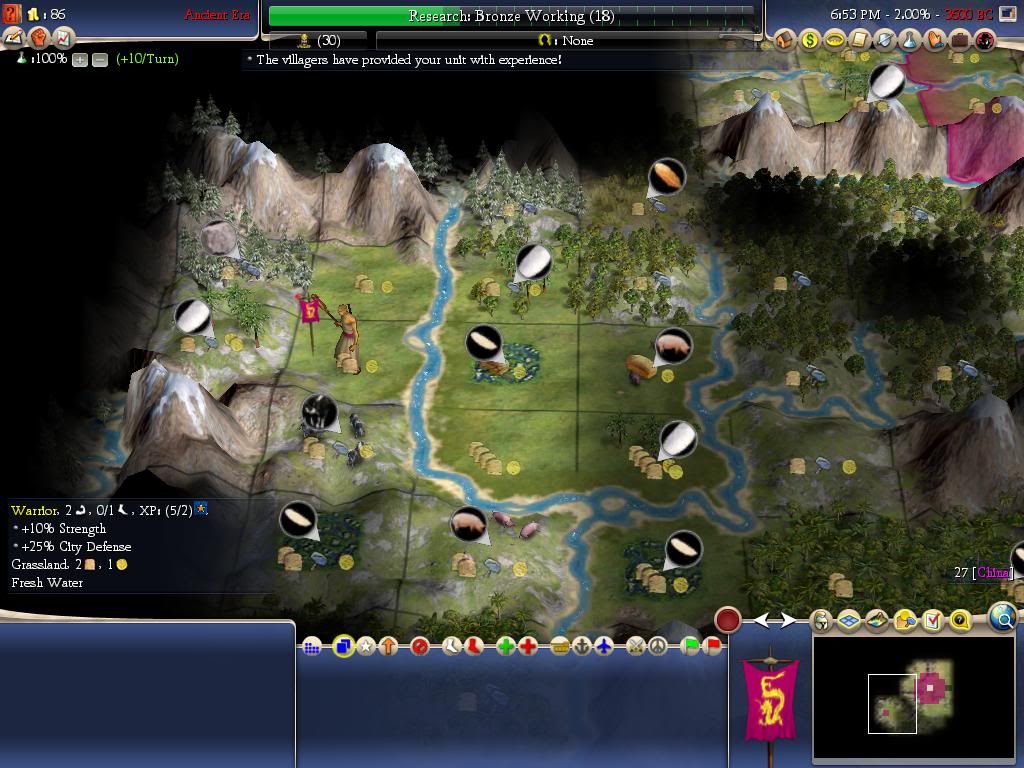
Han warriors were cast out into the wild in order to explore the world around them by the tribal elders. They encountered friendly locals in the south and in the southwest. Riches were brought to Louyang upon their return and the warrior unit that had departed had returned hardened from the vigorous ordeals of their travels.
The elders found out however, that aside from the small villages dotted around them that there were bigger fish in the sea as well.
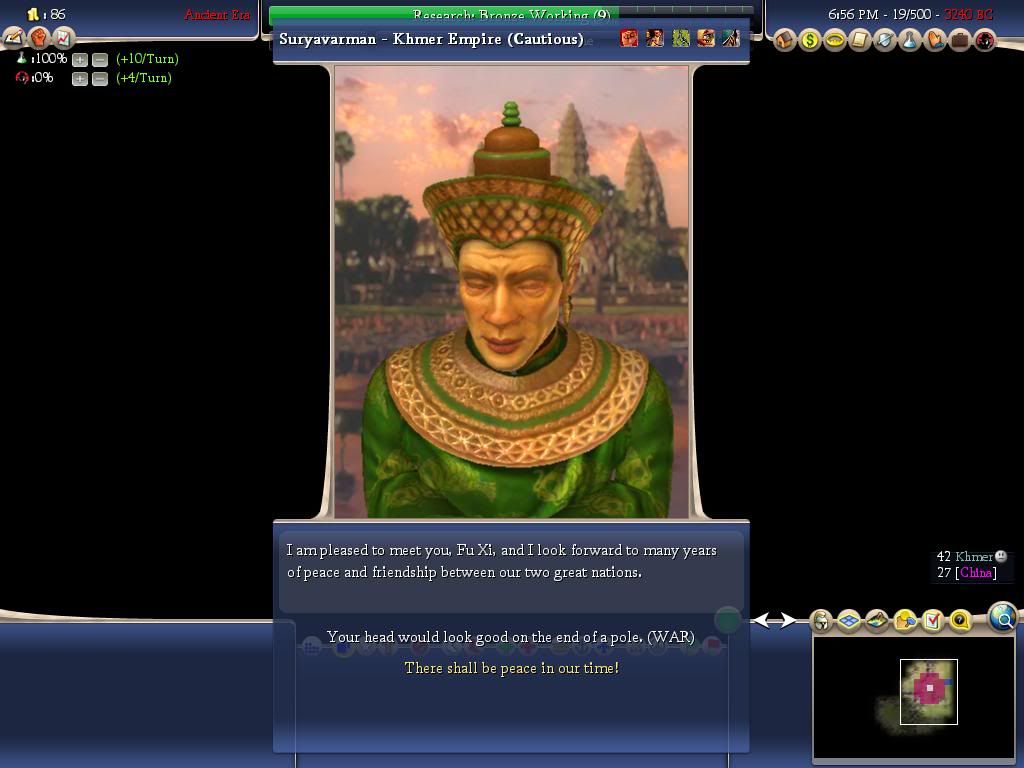
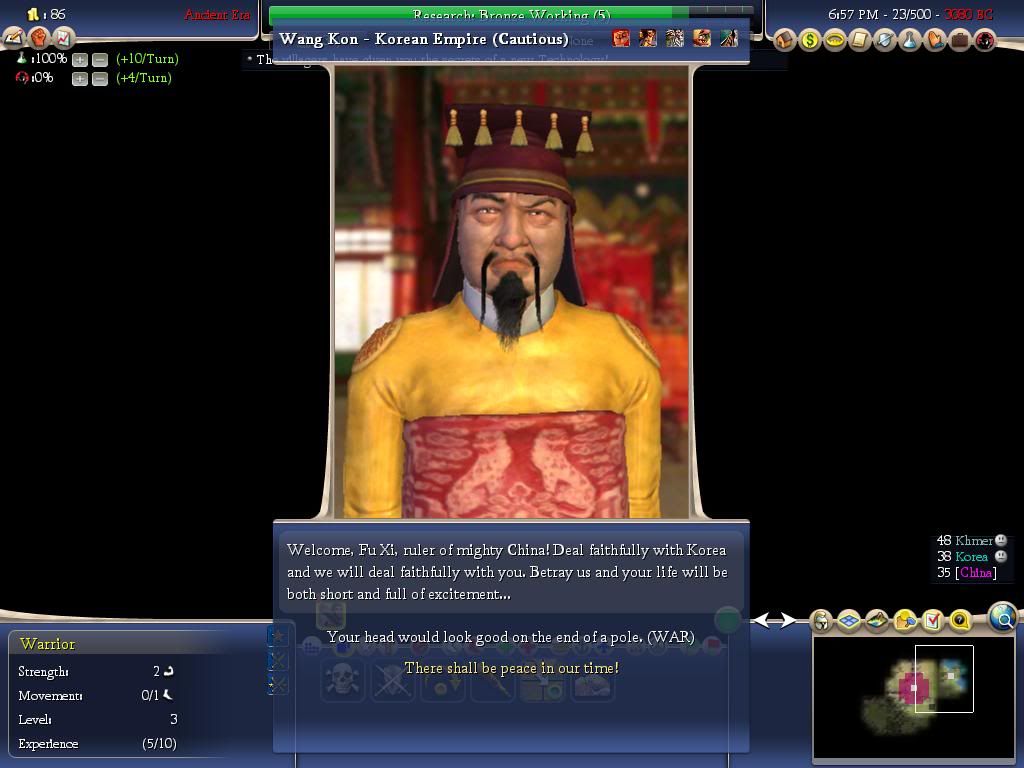
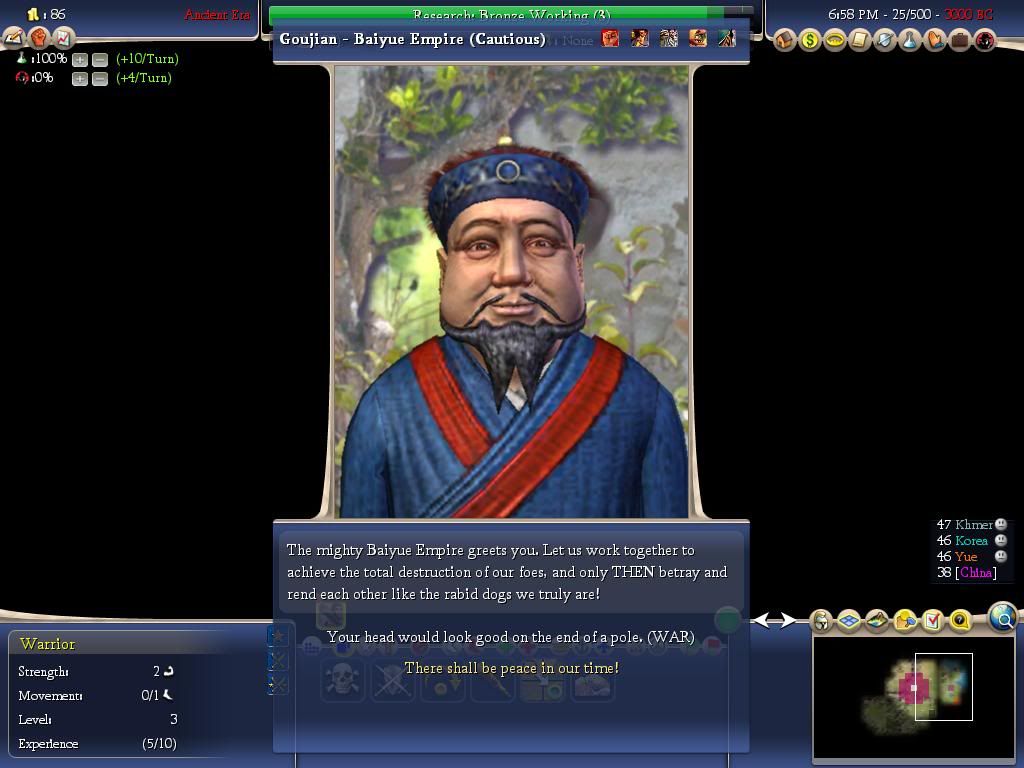
Time of the Ancients:
Chapter 1: The First Guarantee
Chapter 2: Divine Sparks
Chapter 3: Tension
Chapter 4: Unification
Chapter 5: Foundation
Chapter 6: Chaoxian
Chapter 7: The First Step
Chapter 8: Keeping You Out
Chapter 9: The Second Guarantee
Chapter 10: Throes of Passion
Infiltrator:
Chapter 11: Microcosm
Chapter 12: Breakdown
Chapter 13: Second Sight
Chapter 14: Revelations
Developments:
Chapter 15: Great Undertakings
Chapter 16: Xia & Manchus
Savior:
Chapter 17: Deliverance
Chapter 18: Encounters in Littorn
Chapter 19: A Varangian Nudge
Chapter 20: Exposed
Chapter 21: We Shall Triumph
Developments, Part Two:
Chapter 22: The Vigil
Chapter 23: Caste System
Chapter 24: Terra Incognitae
Soldier:
Chapter 25: The Proving
Chapter 26: First Taste
Chapter 27: Method
Chapter 28: Surface
Chapter 29: Intermissions
Chapter 30: Conspiracy
Chapter 31: Striking Fear
Chapter 32: Oral Dosage
Chapter 33: Grains Of Salt
Chapter 34: Elohim
Chapter 35: Beyond The Horizon
Chapter 36: Convergence
Chapter 37: They All Fall Down
Chapter 38: Homecoming
Chapter 39: Cicada
Chapter 40: Brave New World
Seeker:
Chapter 41: Warm Water
Chapter 42: Meizhou
Chapter 43: Garou
Neonate:
Chapter 44: Dharma & Abraham
Chapter 45: Flight
Chapter 46: Matron
Chapter 47: Sheer Terror
Chapter 48: Night Society
Chapter 49: Showdown
Chapter 50: The Masquerade
Chapter 51: Irritable
Chapter 52: Enigmas
Chapter 53: Trepidation
Chapter 54: Paradigm Shift
Chapter 55: When The Angels Cry
Chapter 56: There Isn't Any Way Out For Me
Anathema:
Chapter 57: Hunger Lust
Chapter 58: Descent
Chapter 59: Well Oiled Machine
Chapter 60: No Hope
Strange Tales of Liaozhai:
Chapter 61: The Dokkaebi
Chapter 62: The Yokai
Chapter 63: The Kesha
Chapter 64: The Aswang
Chapter 65: The Lurkers
Revolutionary:
Chapter 66: Below The Bottom
Chapter 67: Roused
Chapter 68: Machinations *NEWEST*
Culture In The Empire:
Culture In The Empire #1 On Clothing
Culture In The Empire #2 On Religion
Culture In The Empire #3 The Peranakan Chinese
Culture In The Empire #4 The Feizhou Hapas
Culture In The Empire #5 Clothing In The 1500s *NEWEST*
Character Sketches:
Kohaku the Infiltrator
Adeline of Saxony
Vermillion Waters *NEWEST*
Crossovers:
Hammer & Steel Crossover: Shadows and the Darkness; Watchers at the Edge
Hammer & Steel Crossover Pt. 2: There Springs an Entity
Hammer & Steel Crossover Pt. 3
Hammer & Steel Crossover Conclusion
Blood & Iron: Conquests of the Chancellor Crossover: Chancellor's Dream Part 1
Blood & Iron: Conquests of the Chancellor Crossover: Chancellor's Dream Part 2
Blood & Iron: Conquests of the Chancellor Crossover: Chancellor's Dream Part 3
Links to Stories that have Crossed Over:
Hammer & Steel
Blood & Iron: Conquests of the Chancellor
Hello, CivFanatics. Long time lurker here.
Since joining CivFanatics, I've read numerous wonderful stories contributed by other users that have really urged me to write one of my own.
I should mention that I have this story already being hosted on another forum with several updates already written. However, that community is not predominately Civ-playing so I mostly use it to practice my writing as I upload each segment. And obviously, Civ-specific stuff will get across better here so enjoy.
I hope I'll be able to maintain steady updates. I understand people dislike waiting too long for updates (if the story happens to be good anyway) so I'll try to be punctual with them although the other forum will have precedence if only to demo my writing on. And school/obligations obviously will take precedence as well.
Finally, this game is still in progress. Although I started this game last year, I only play this save roughly every Thursday and the progress made in turns slows to a crawl as of late, giving me ample time to catch up.
Here are the game settings:
Expansion: Beyond the Sword
Mod: GiantEarthMap Mod
Map: GiantEarthMap; GiantEarthMap AncientResource
Difficulty: Noble
Civilization: China ( Unique Unit: Cho-Ko-Nu / Unique Building: Pavillion )
Leader: Qin Shi Huang ( Protective / Industrious )


Let's begin.

4000 BC. The Han people break away from the nomadic lifestyle of their ancestors and settle the city of Louyang atop a hill. The land is rich. Bountiful wheat & rice accompanied by herds of wild pigs and cows ripe for domestication are in abundance around the settlement. The tribal elders were wise to choose this location.


Han warriors were cast out into the wild in order to explore the world around them by the tribal elders. They encountered friendly locals in the south and in the southwest. Riches were brought to Louyang upon their return and the warrior unit that had departed had returned hardened from the vigorous ordeals of their travels.
The elders found out however, that aside from the small villages dotted around them that there were bigger fish in the sea as well.




